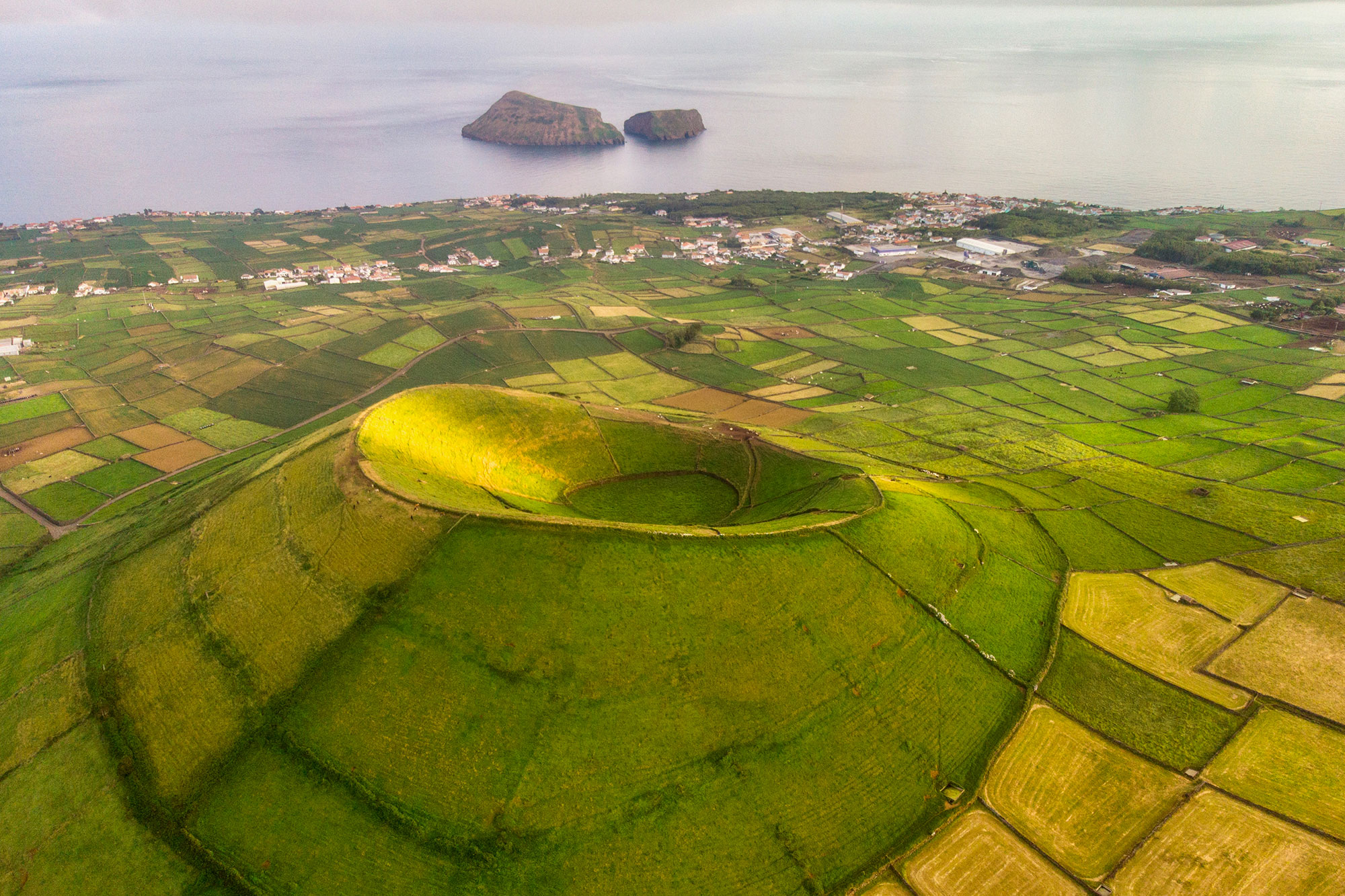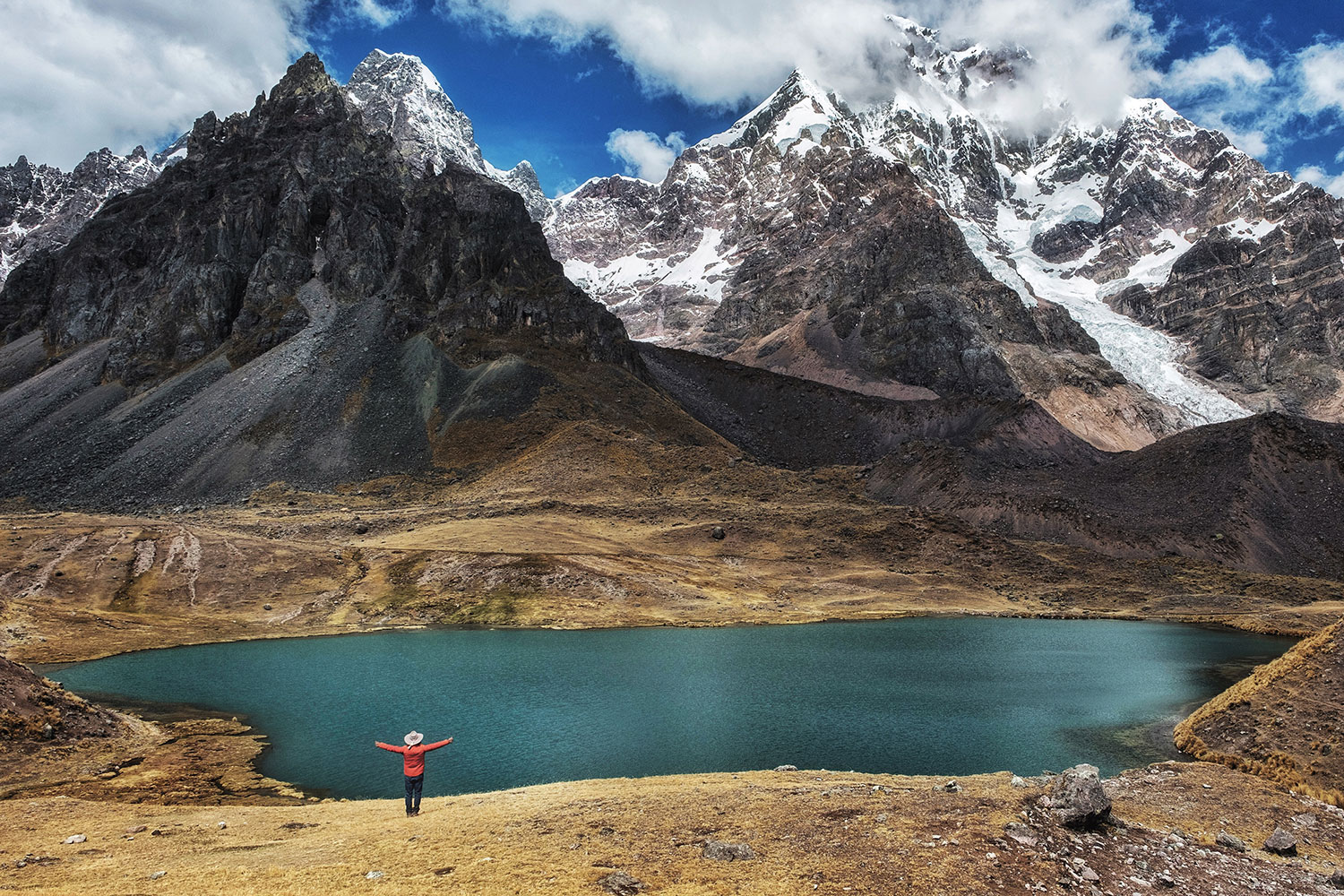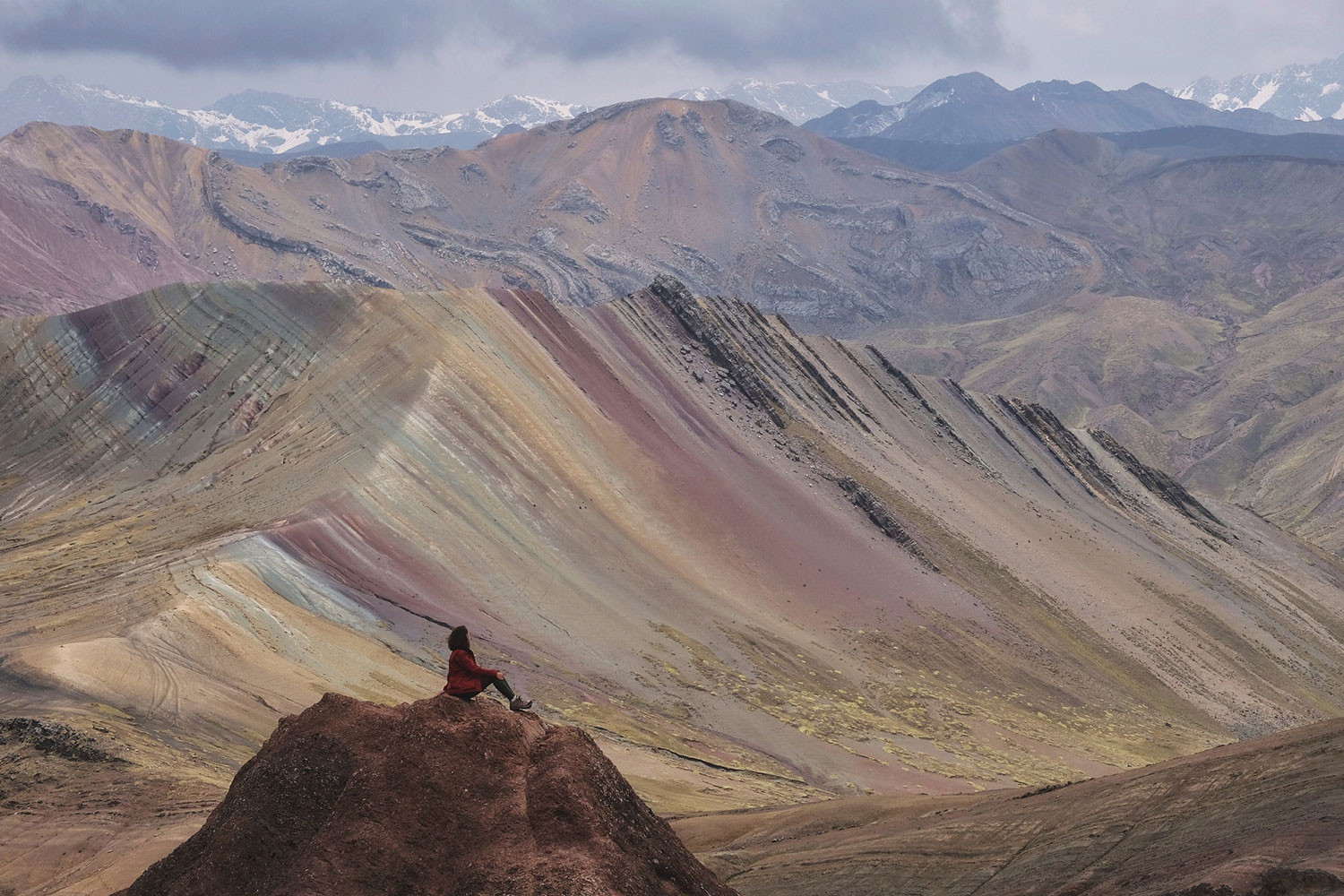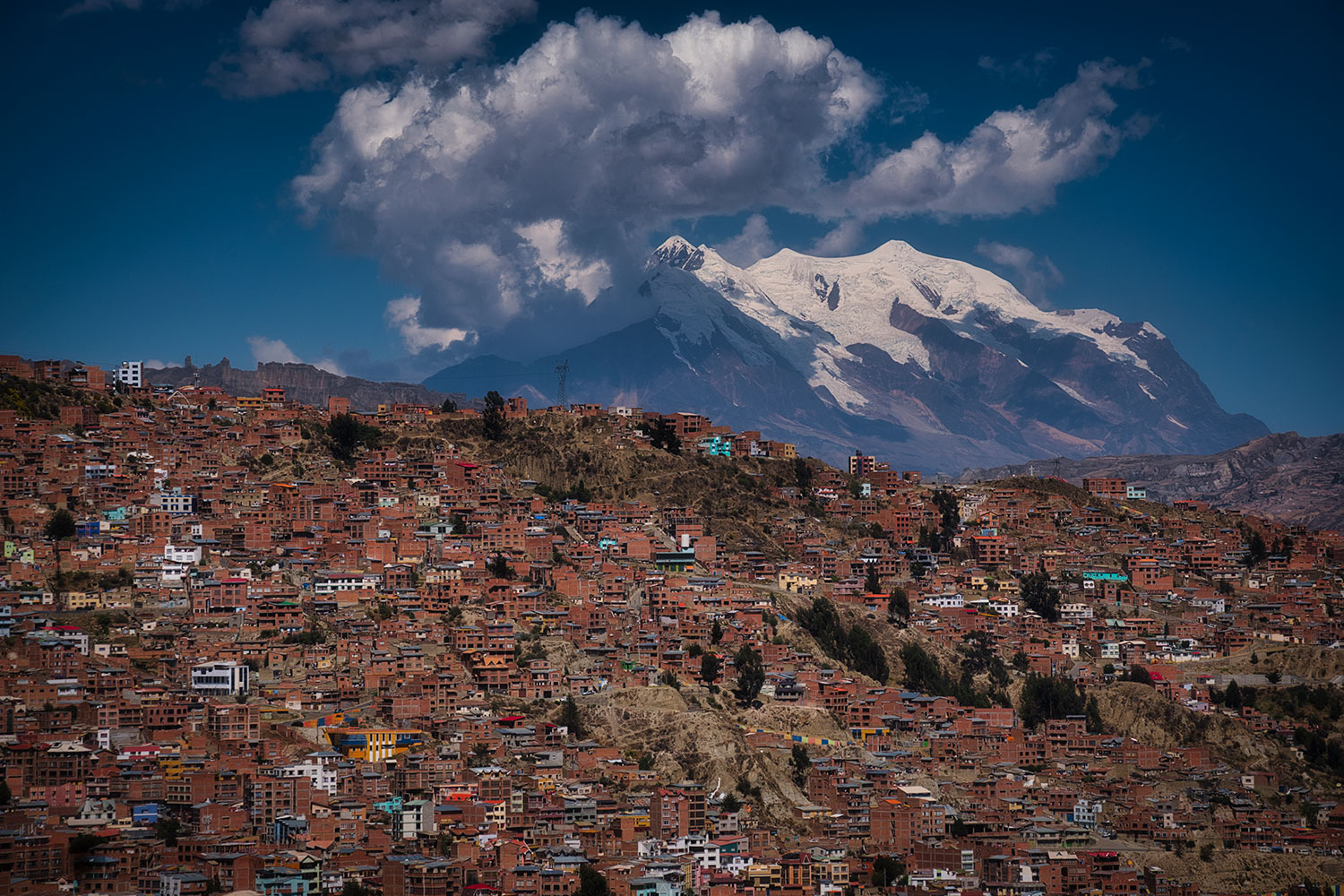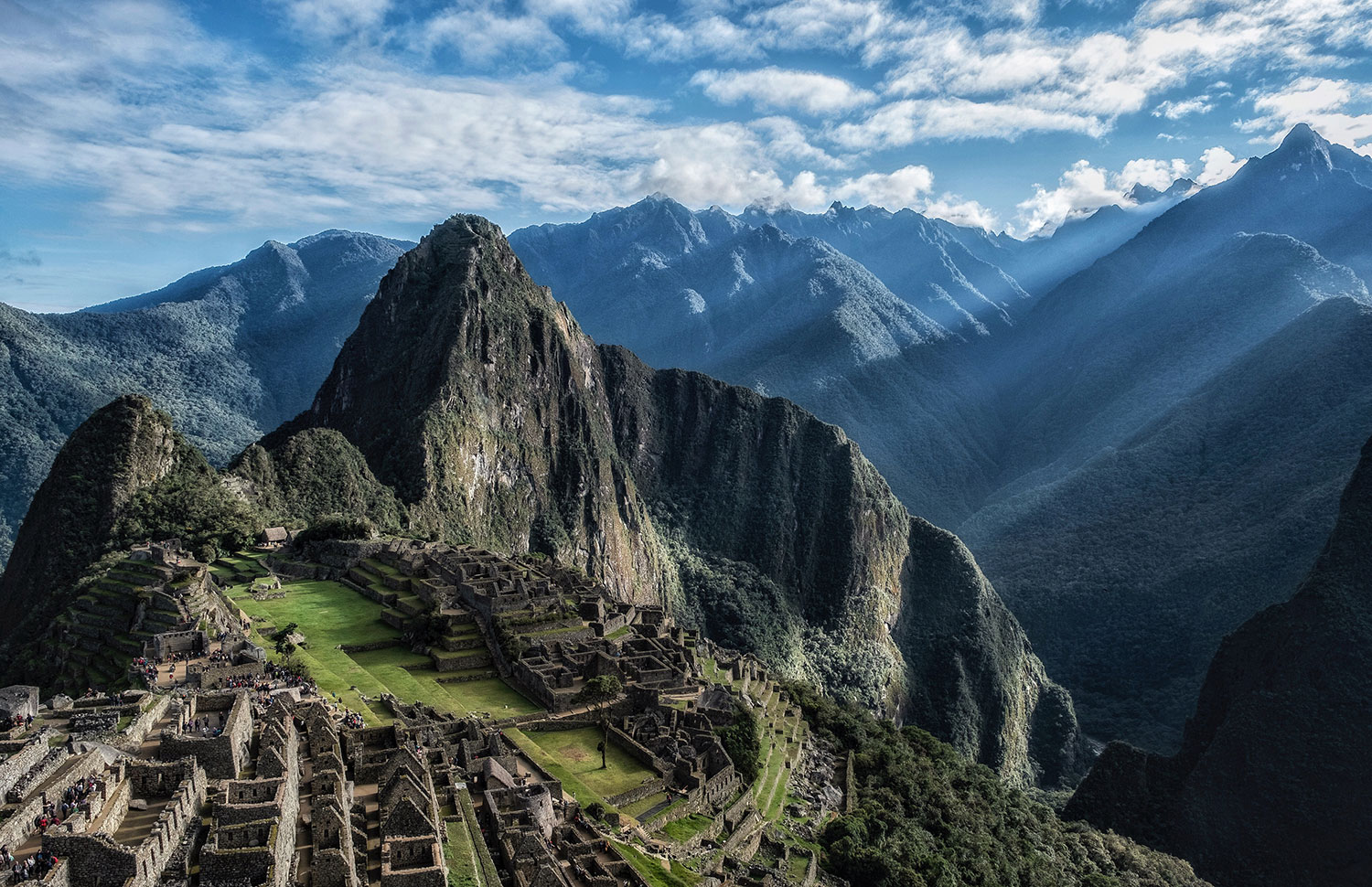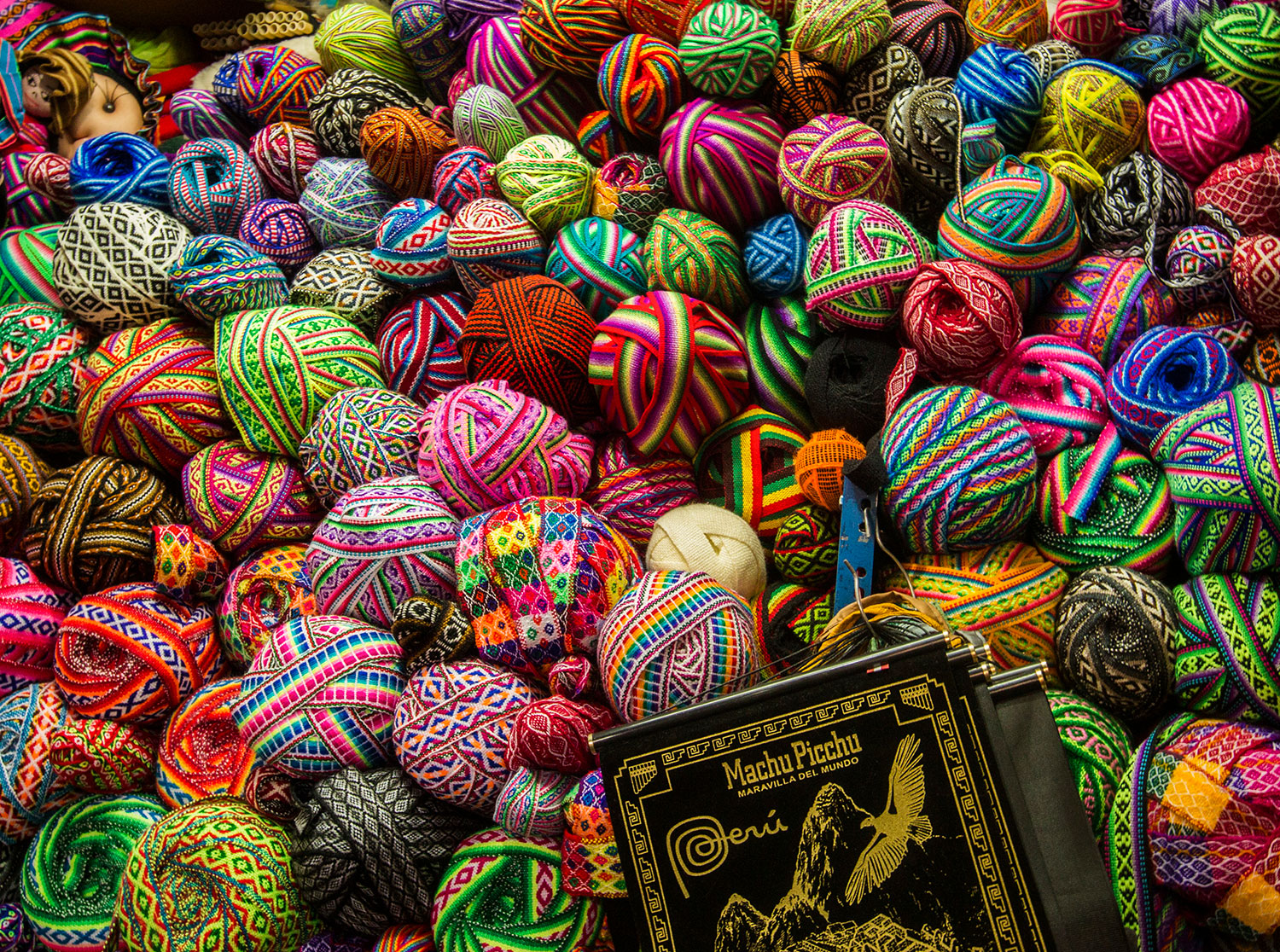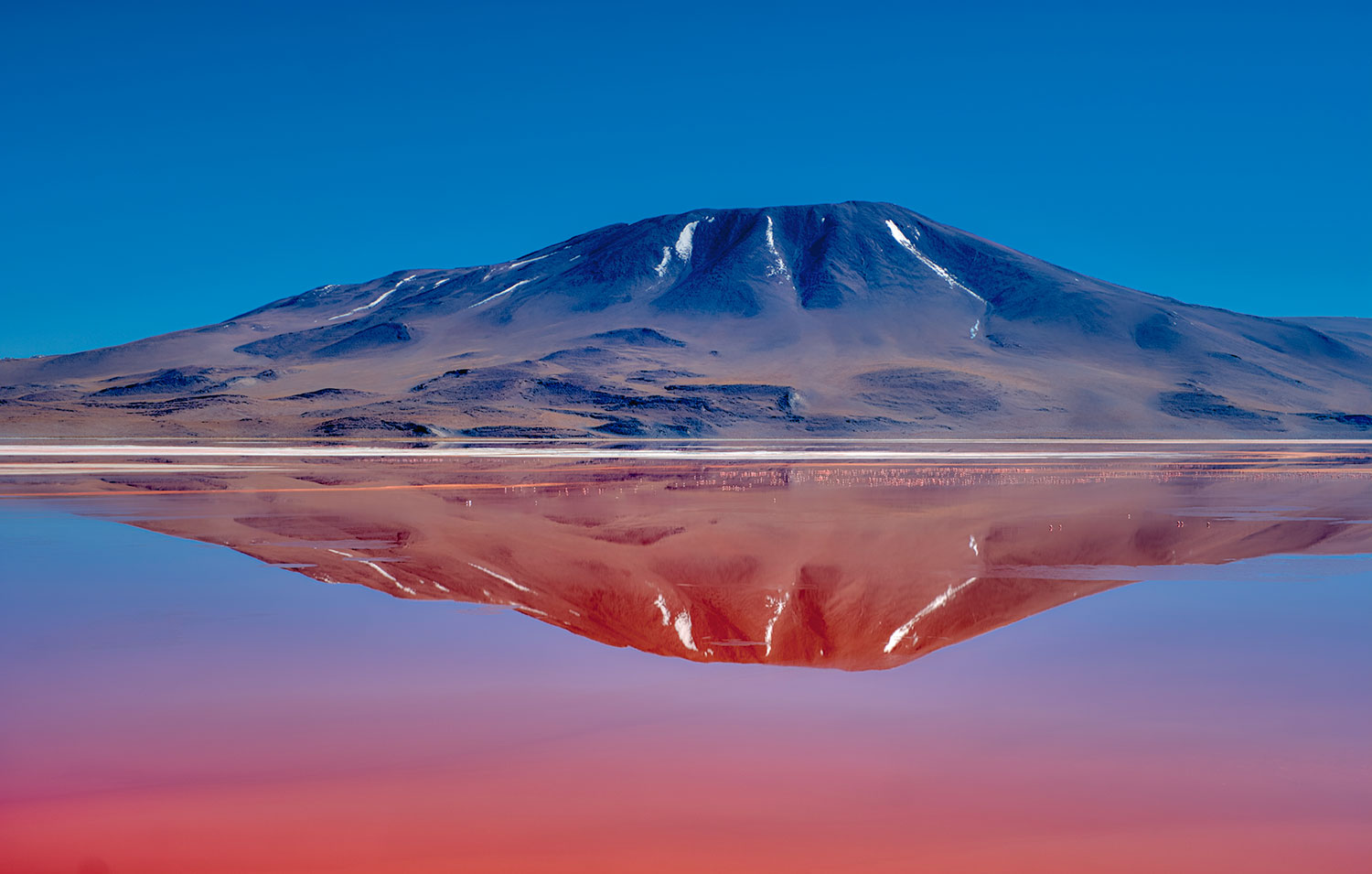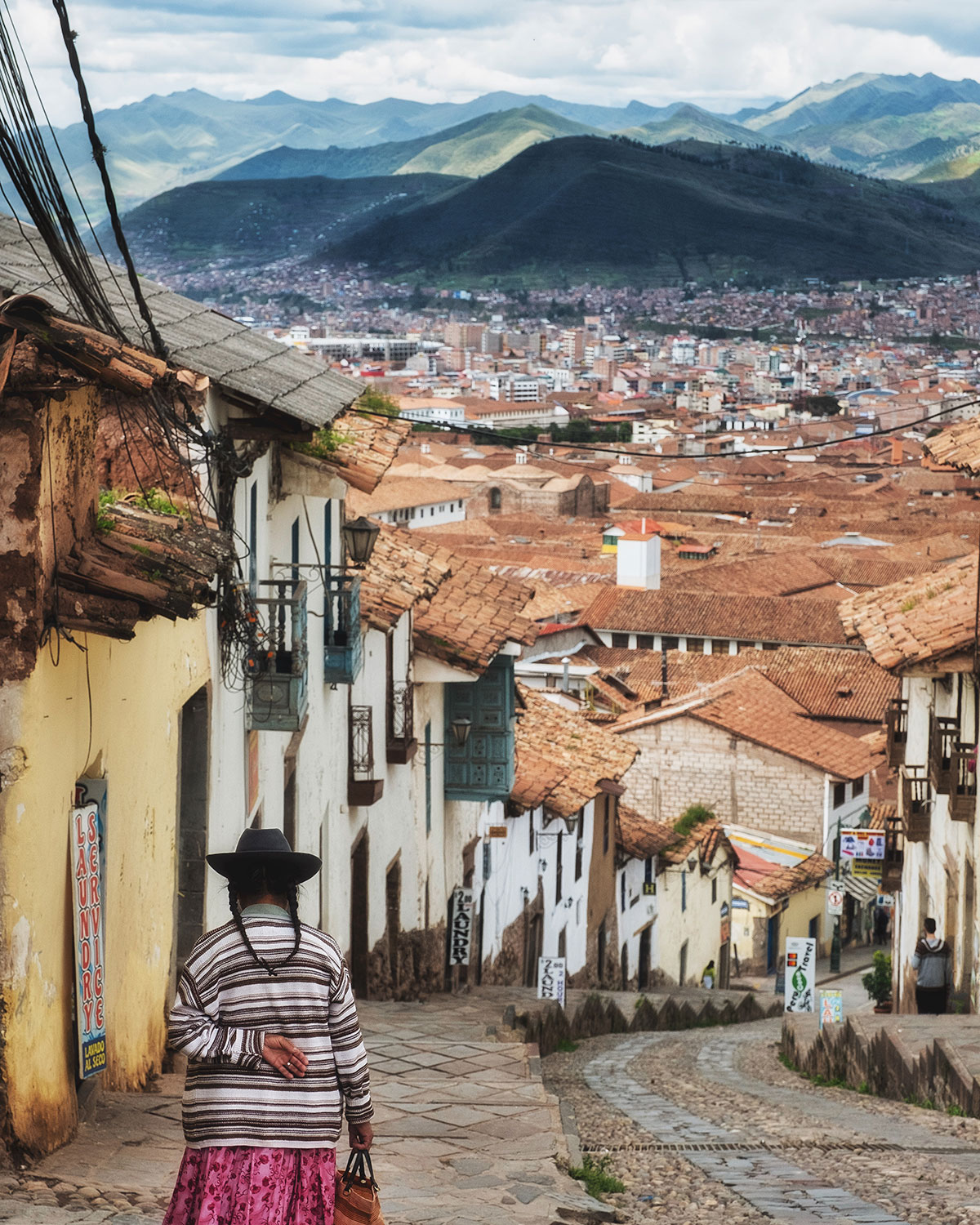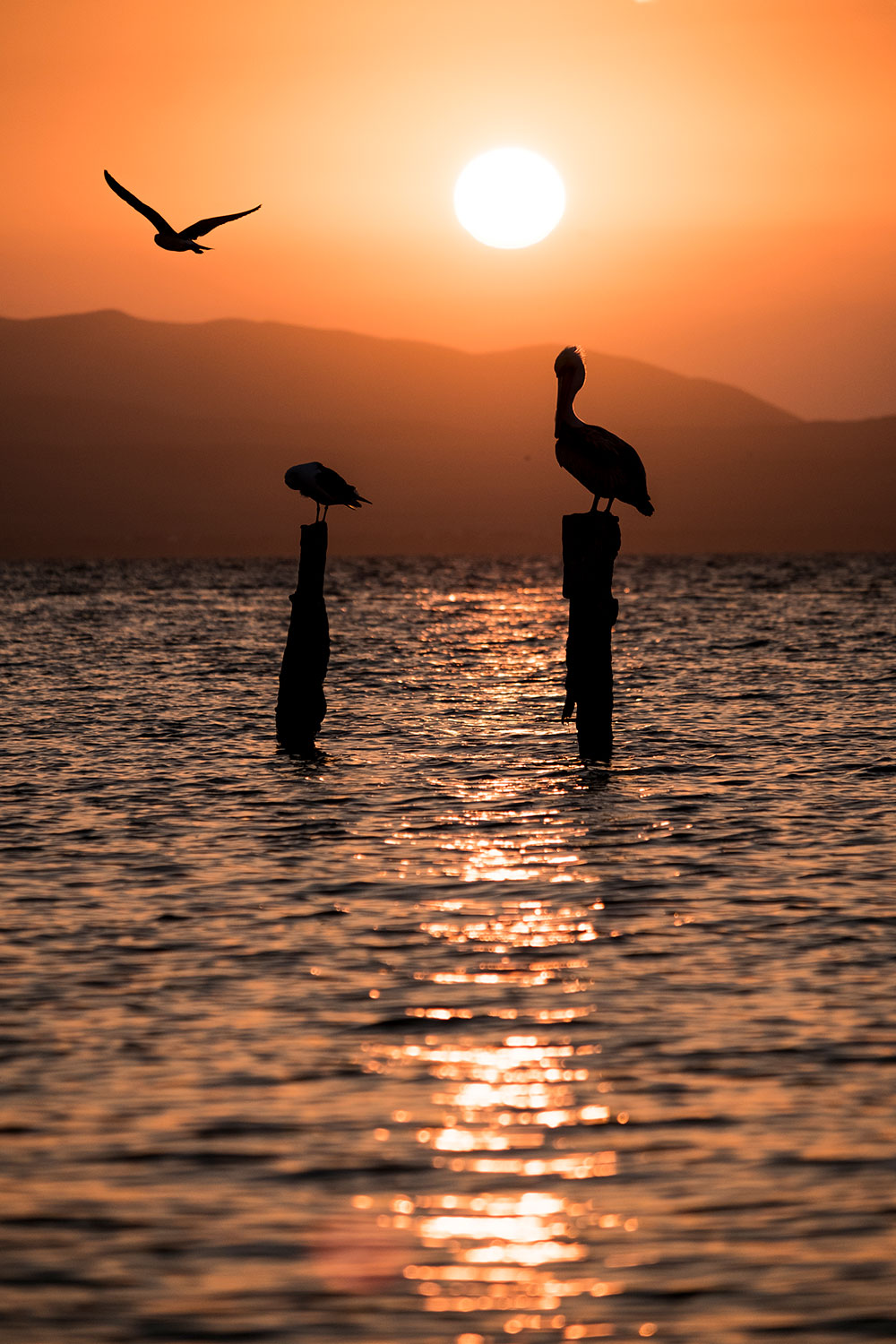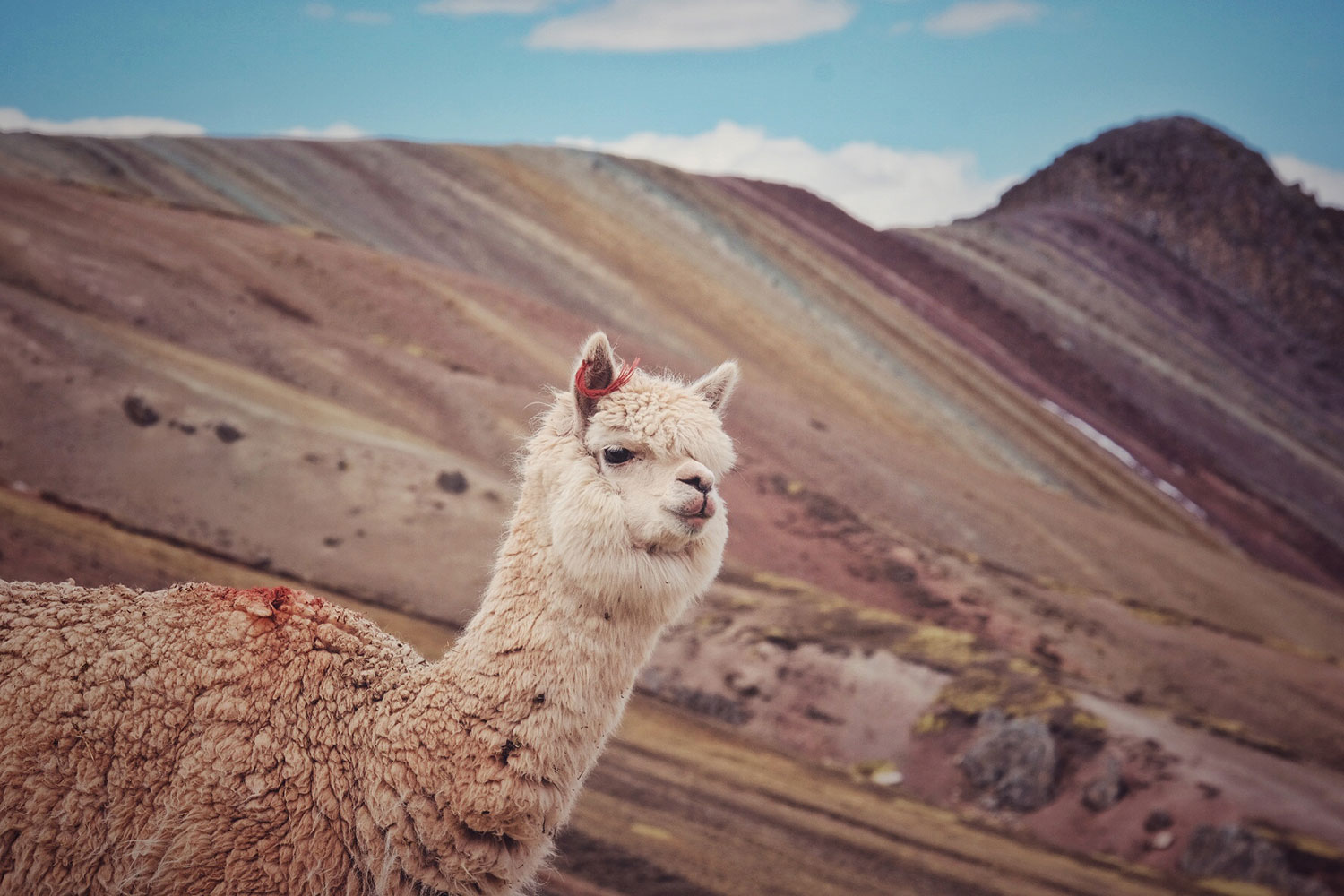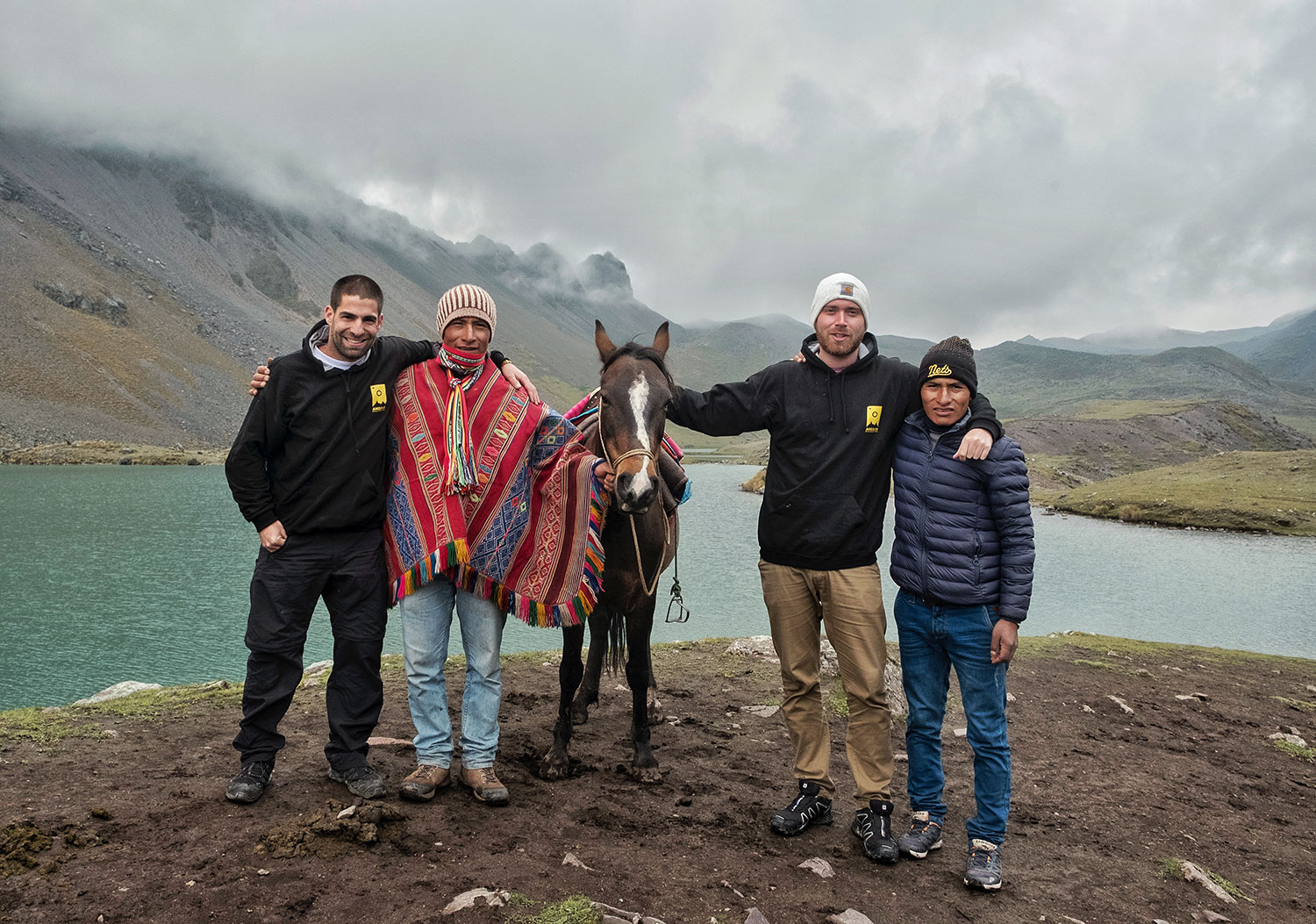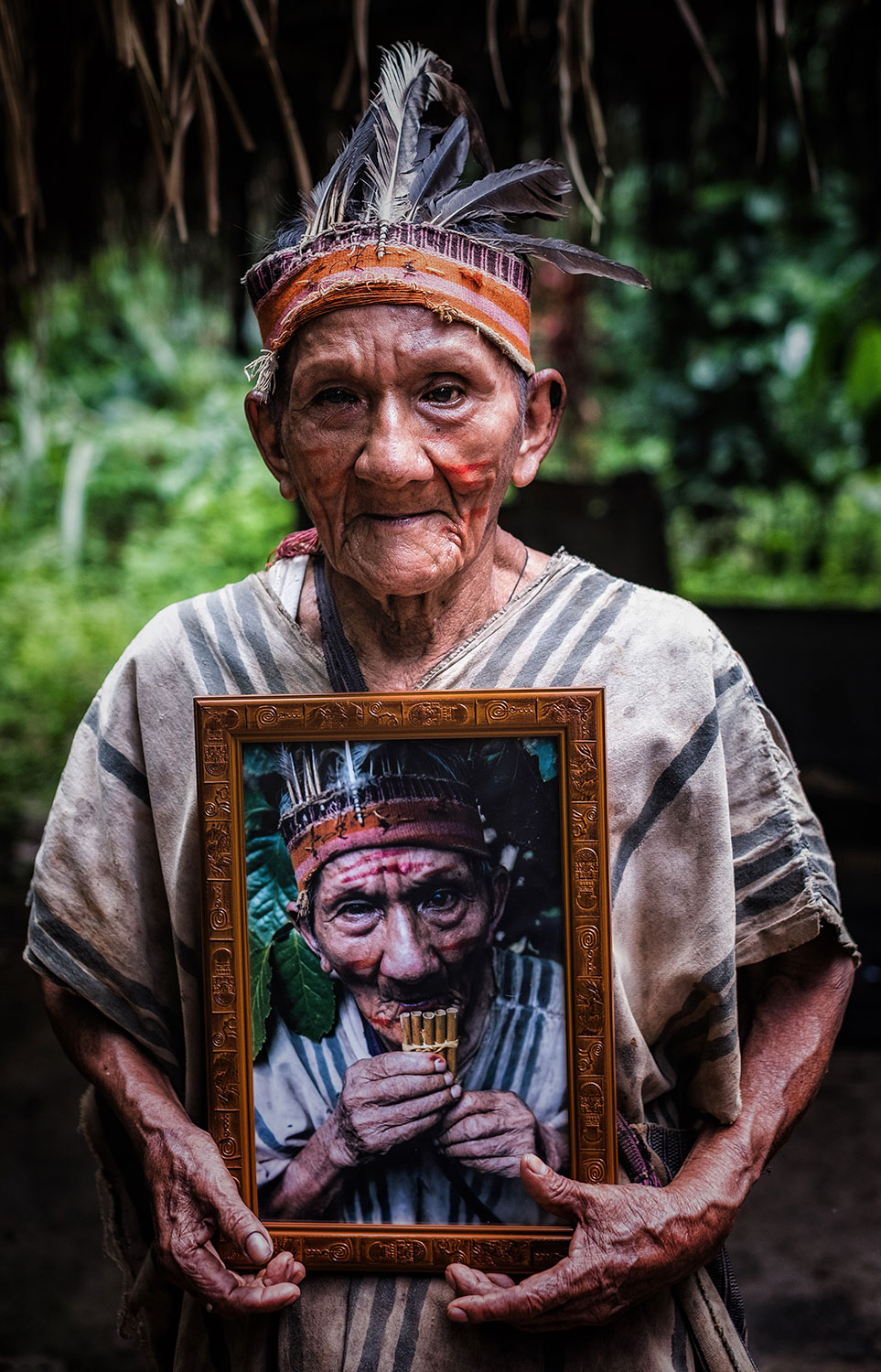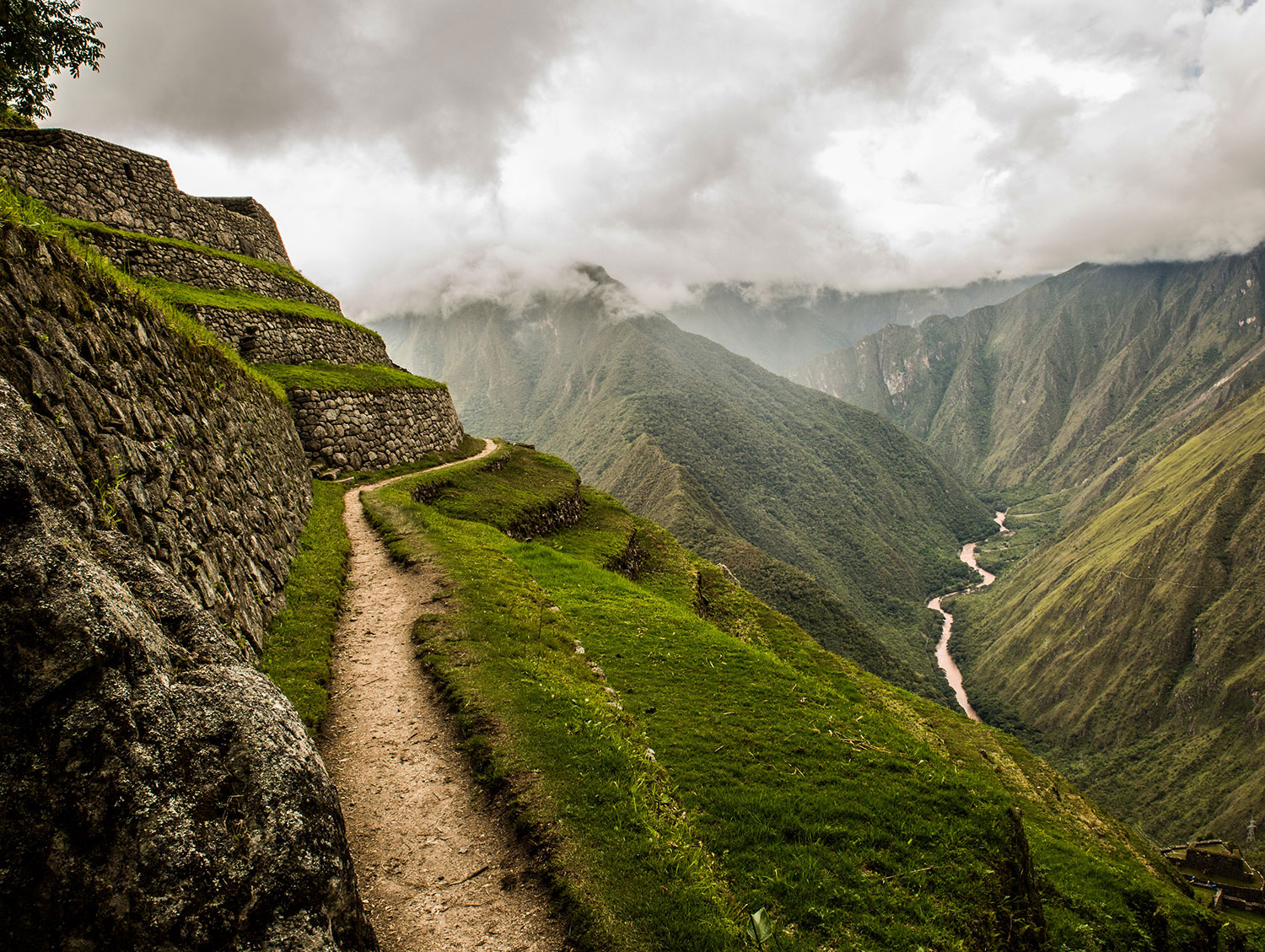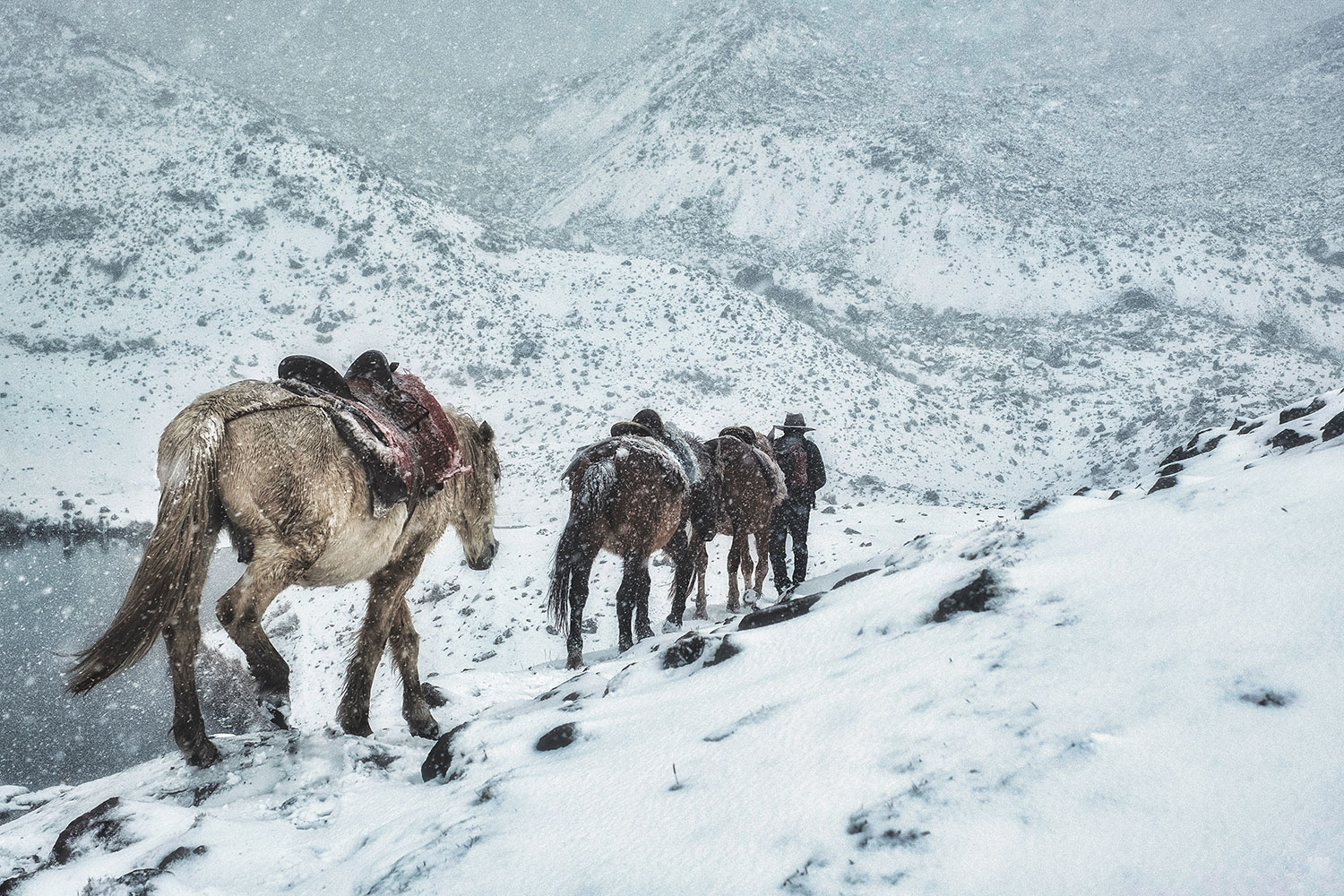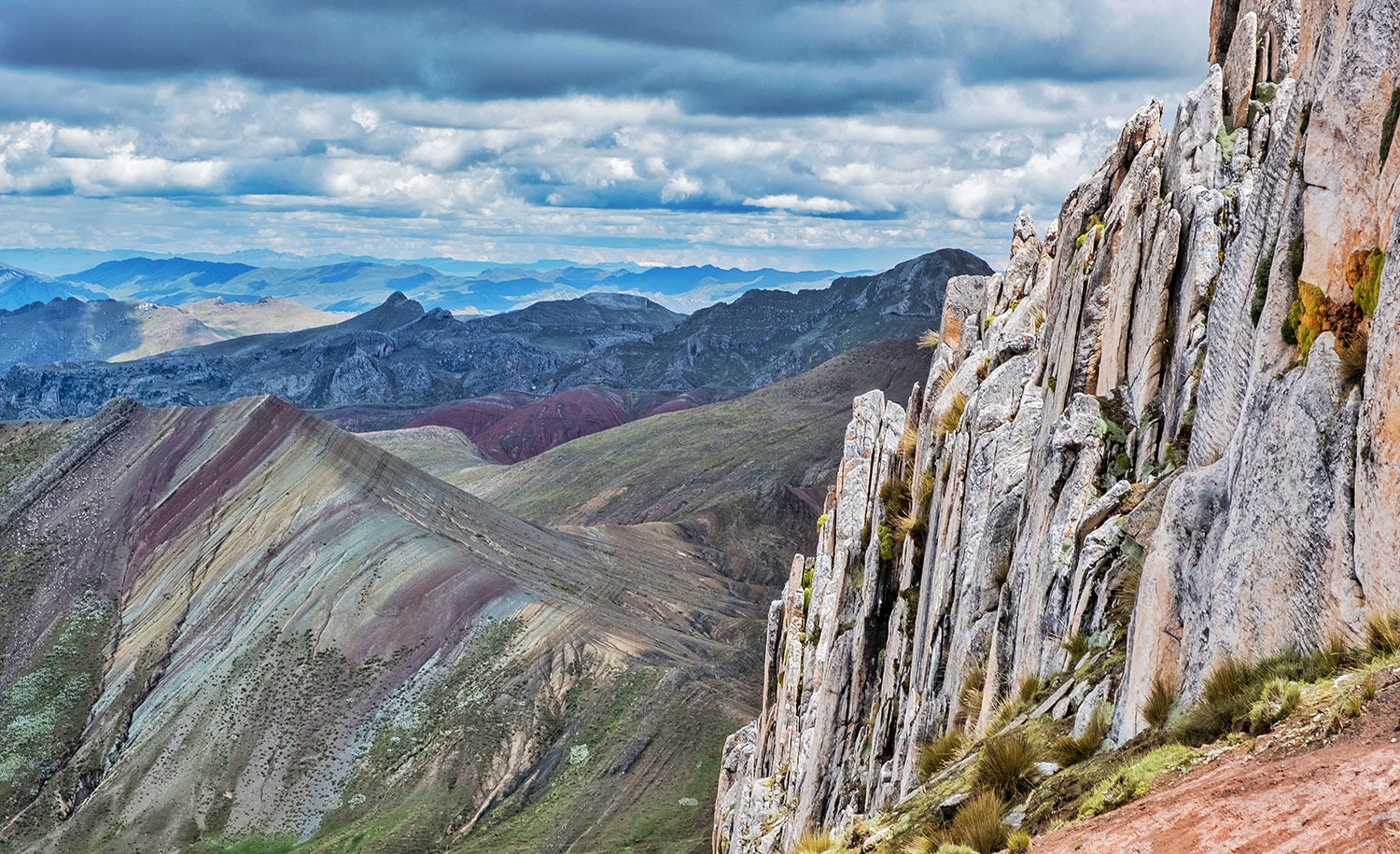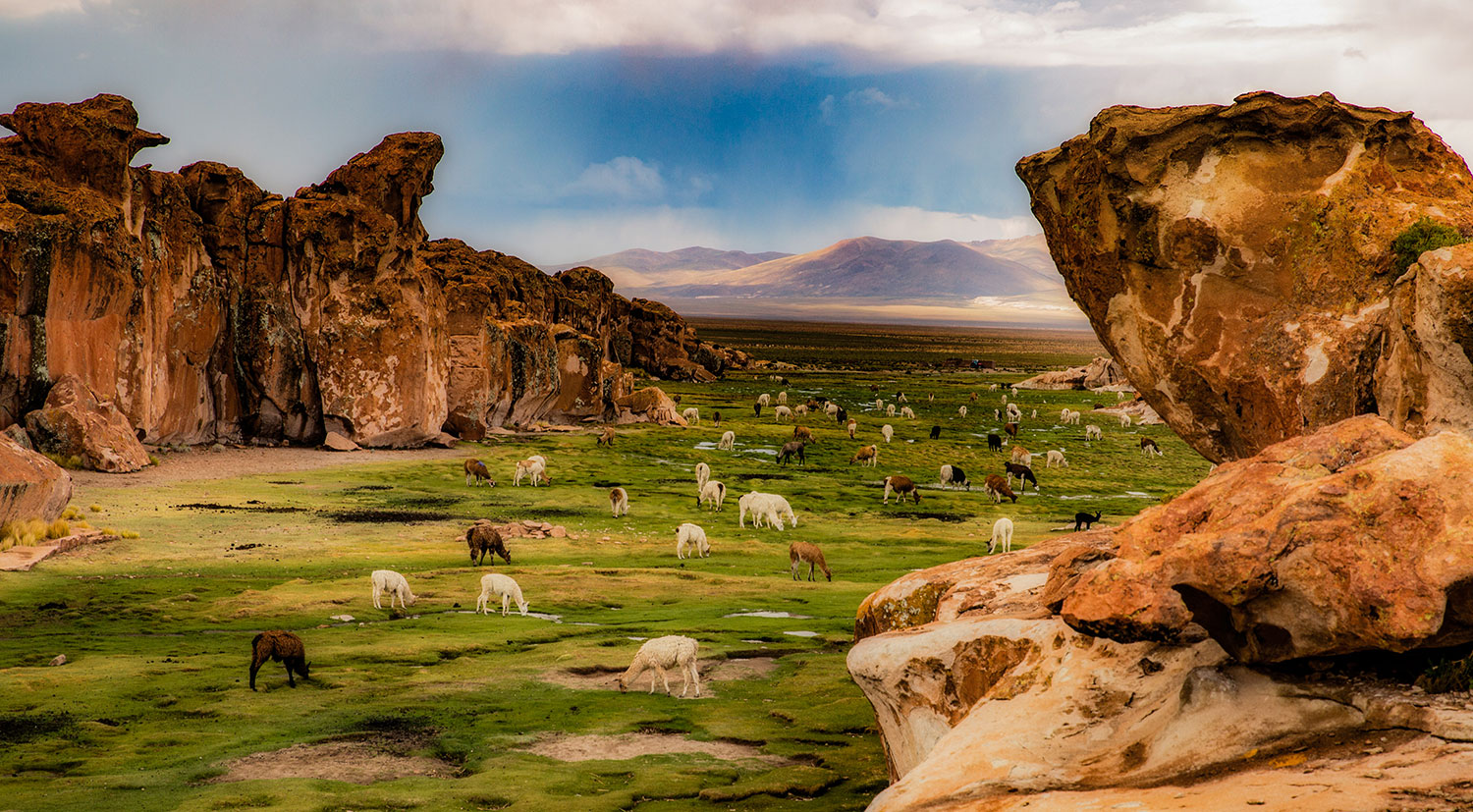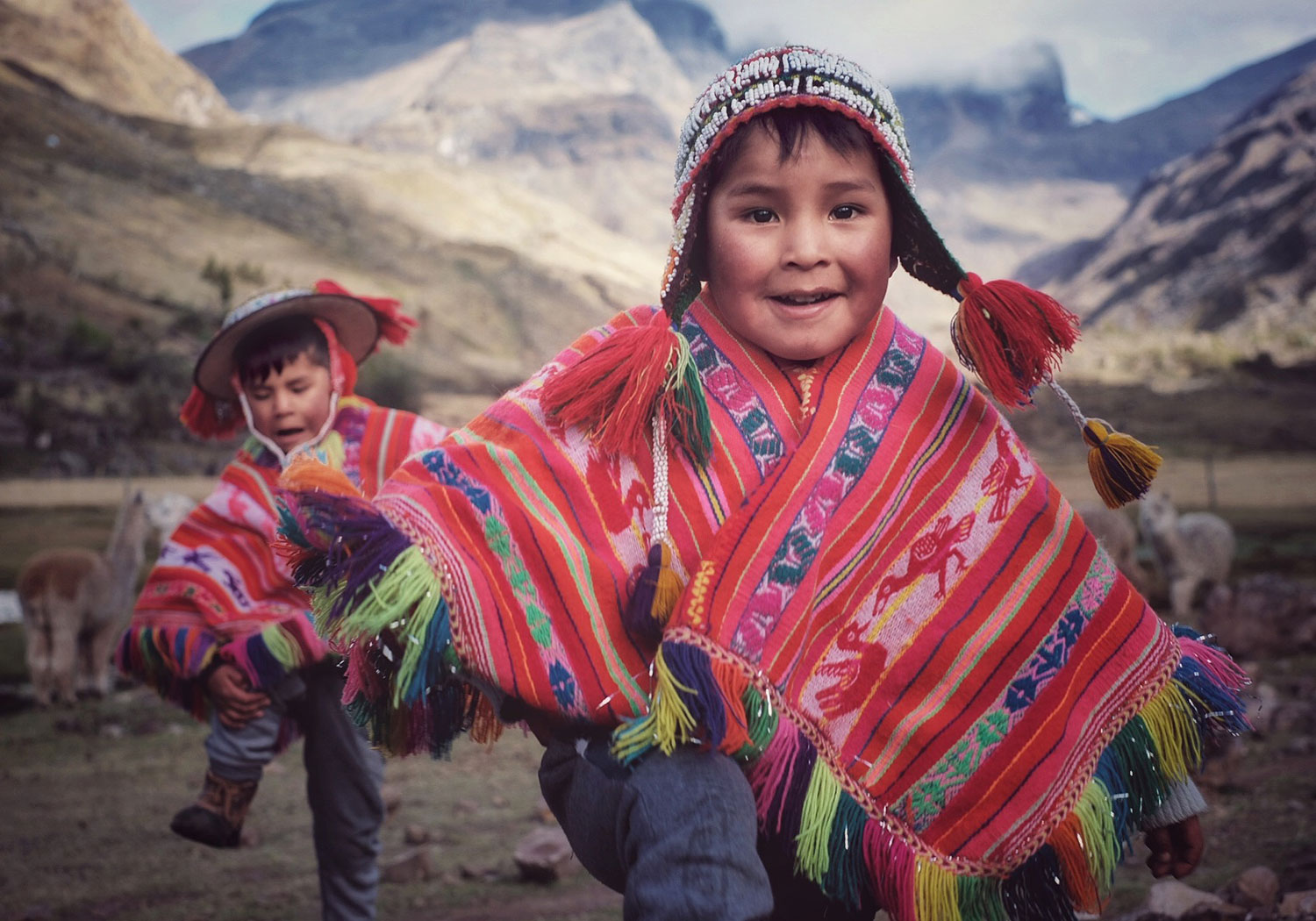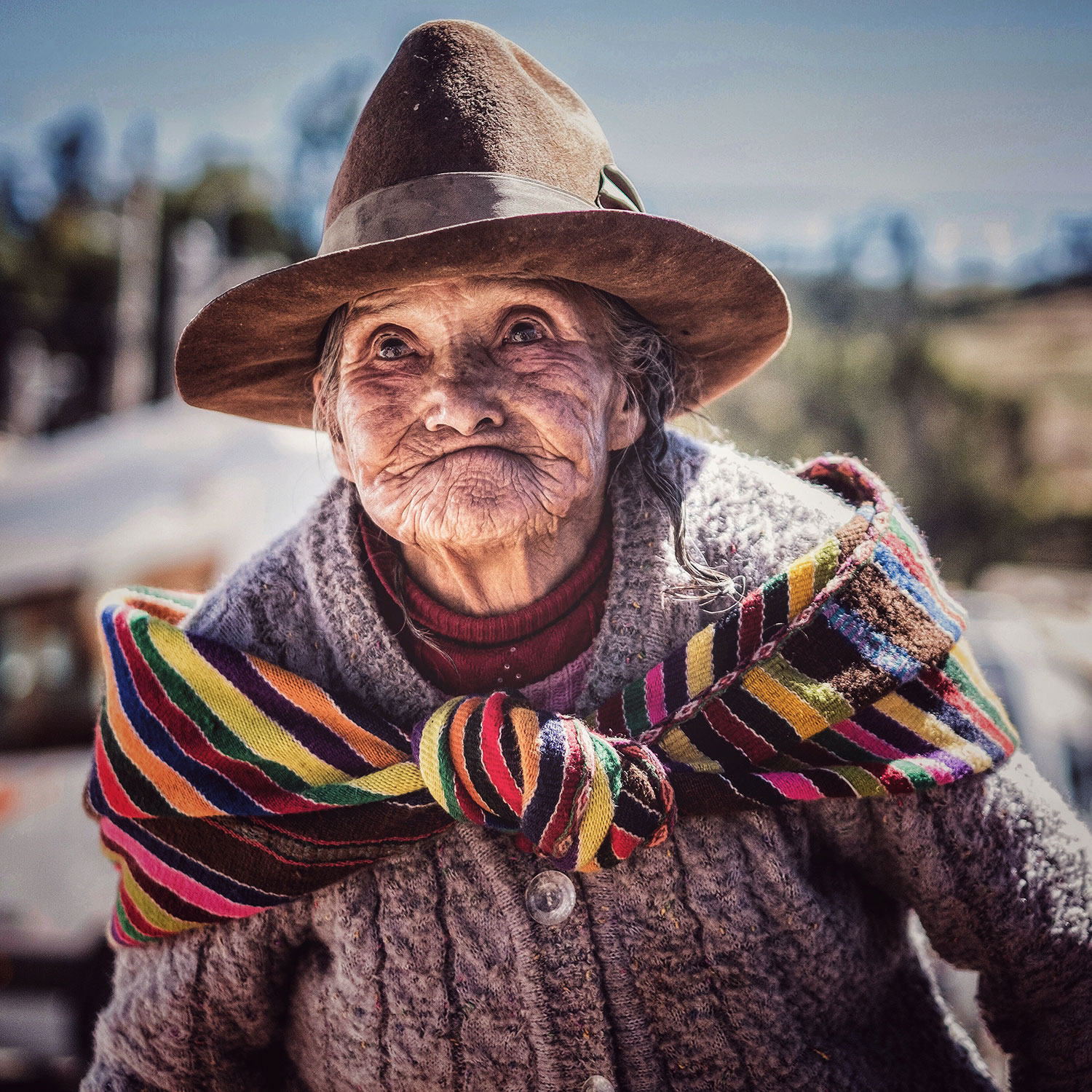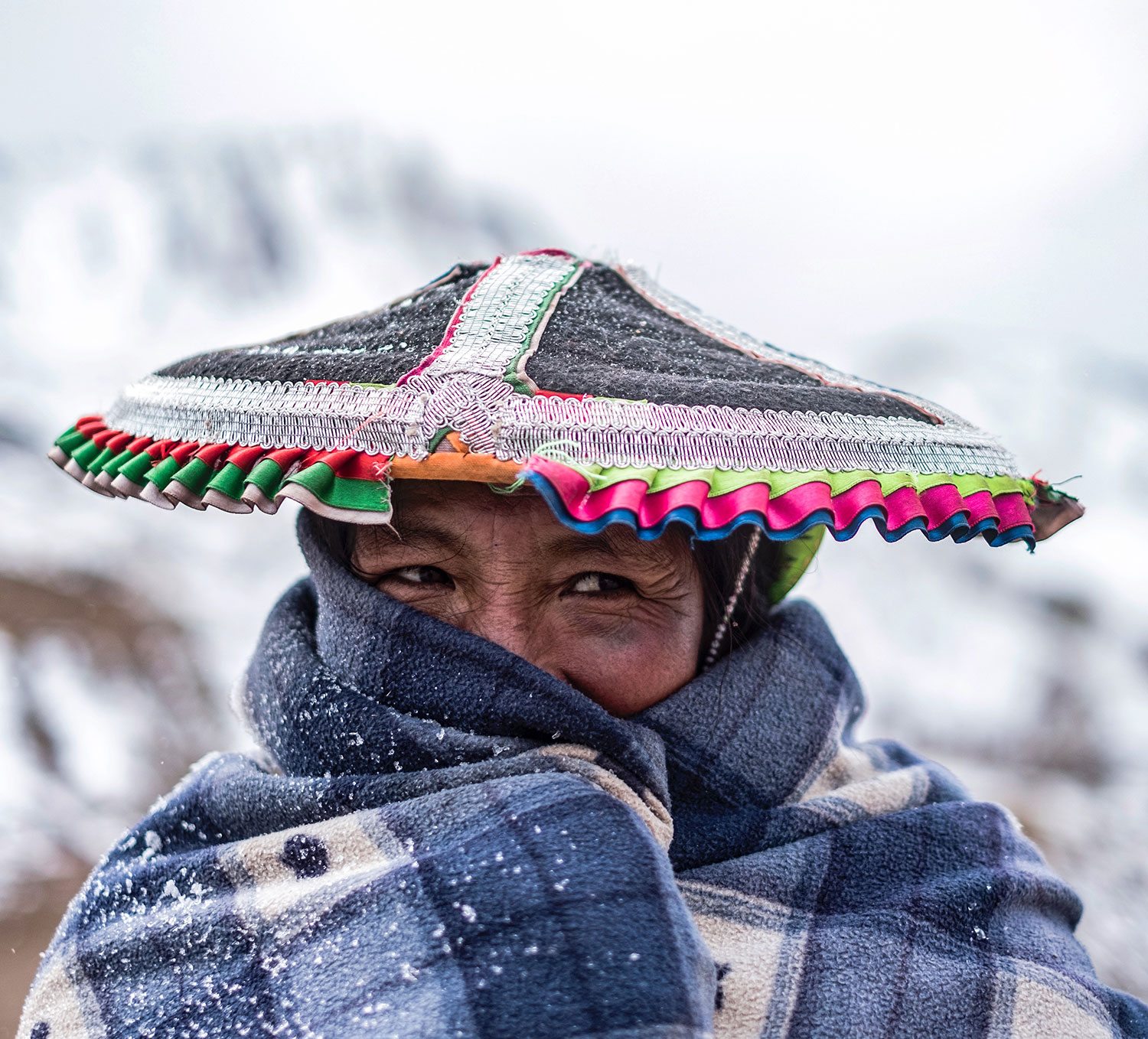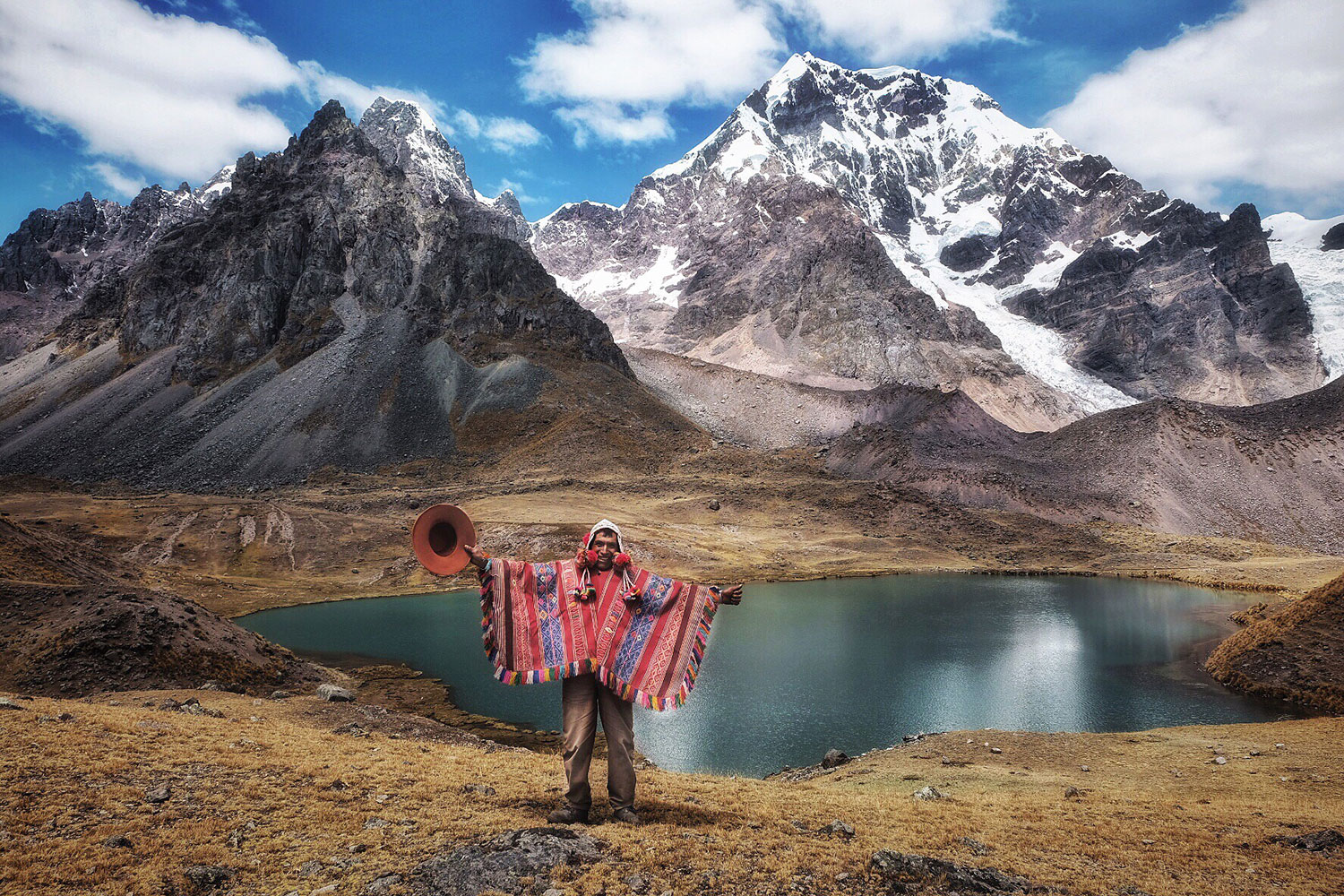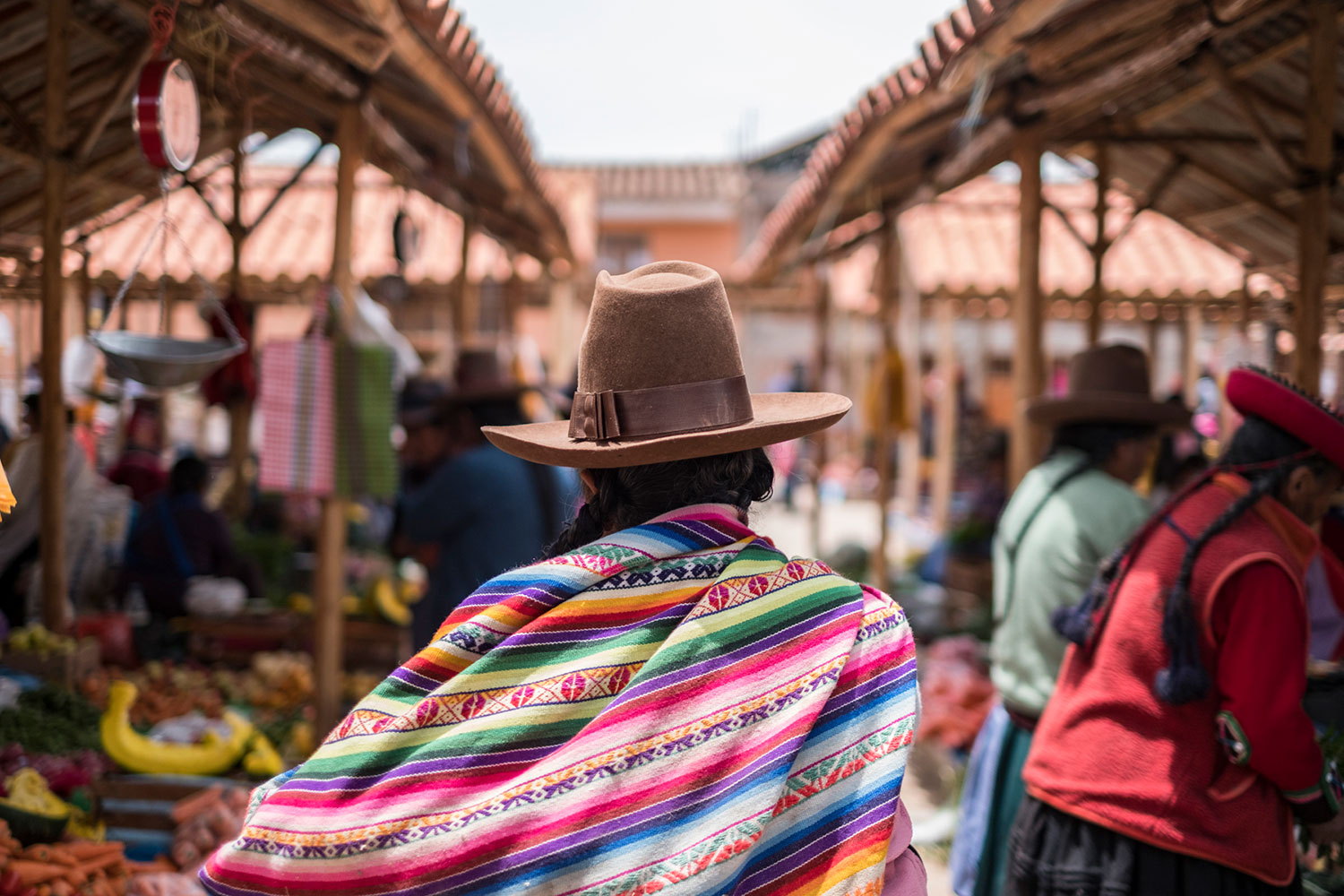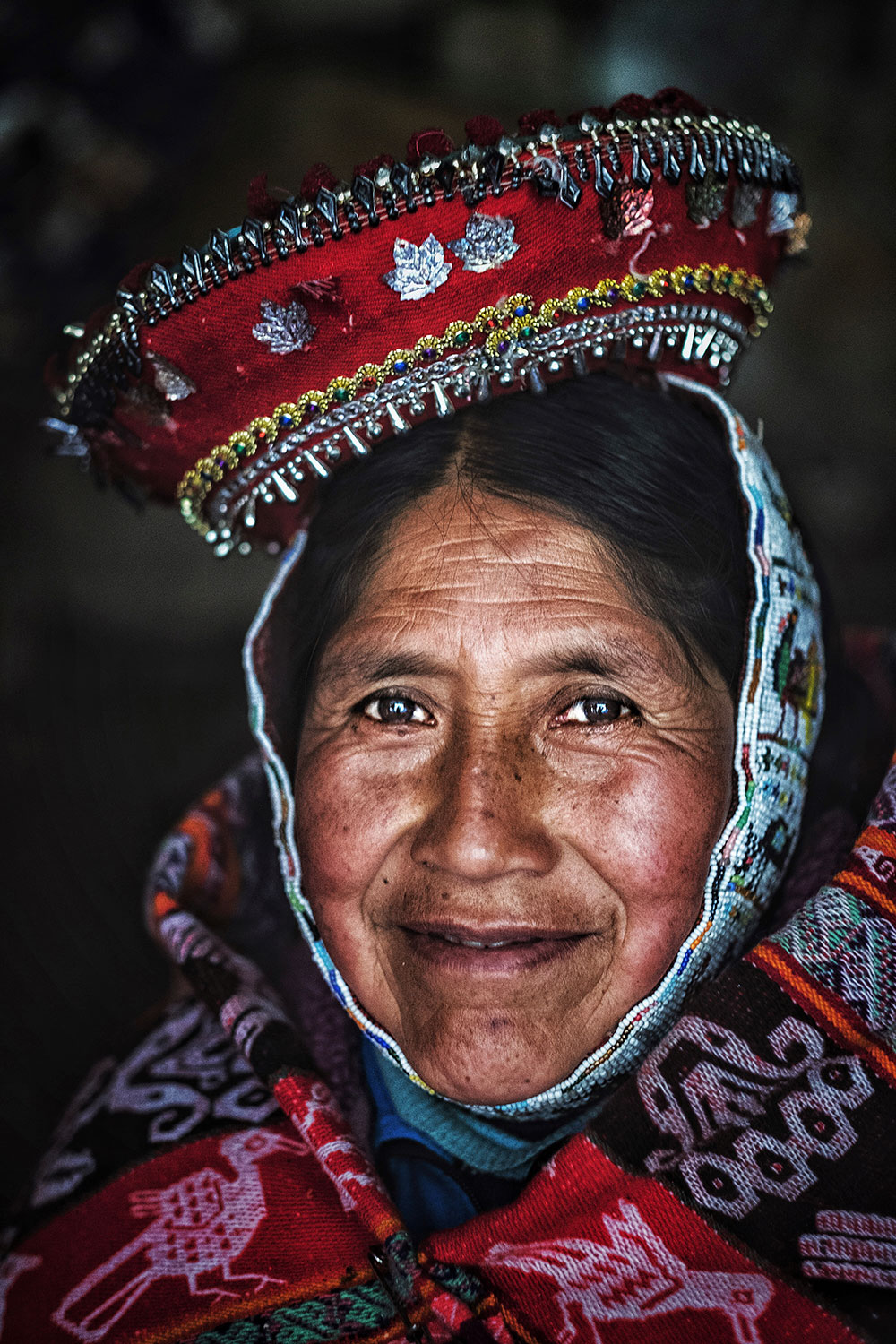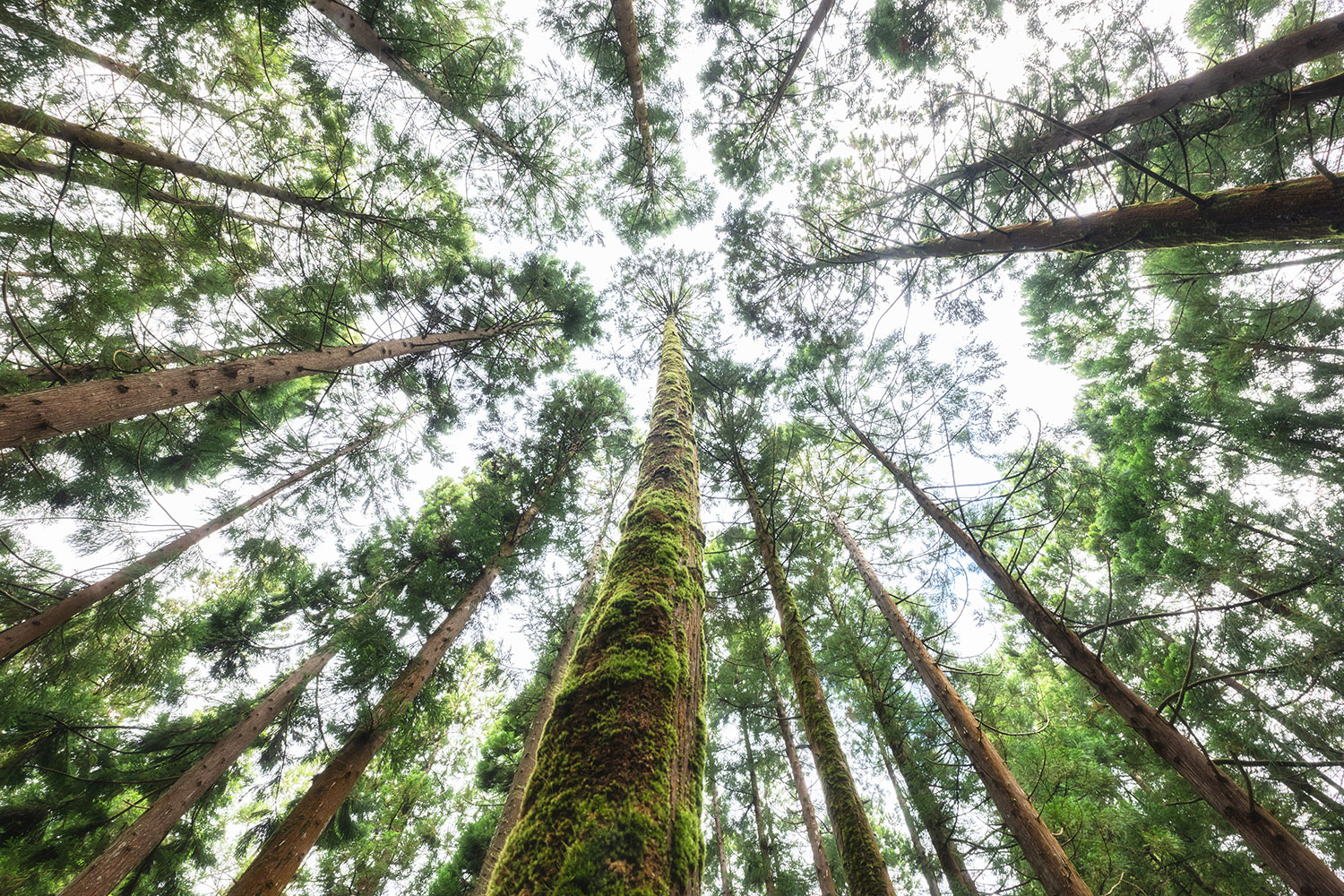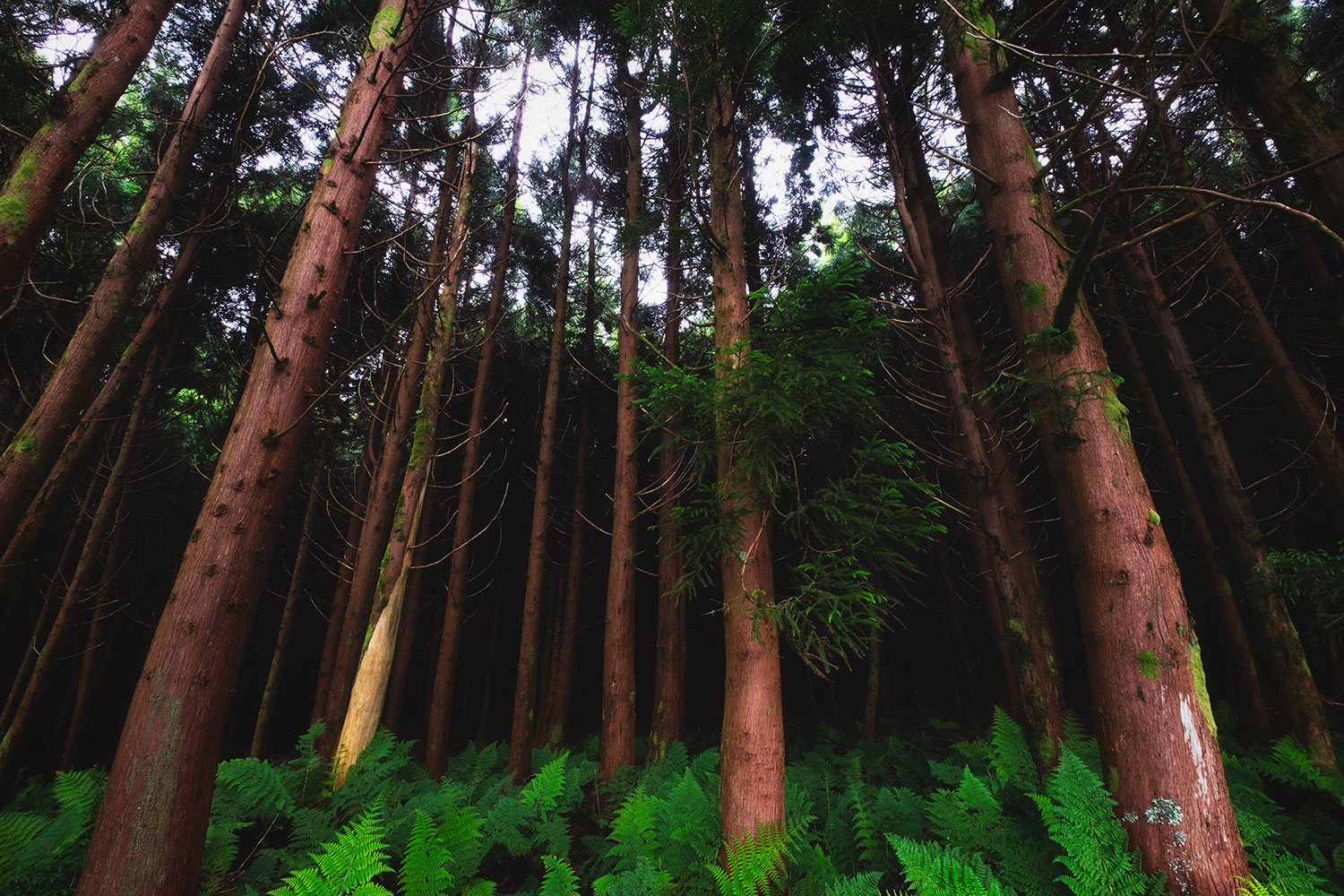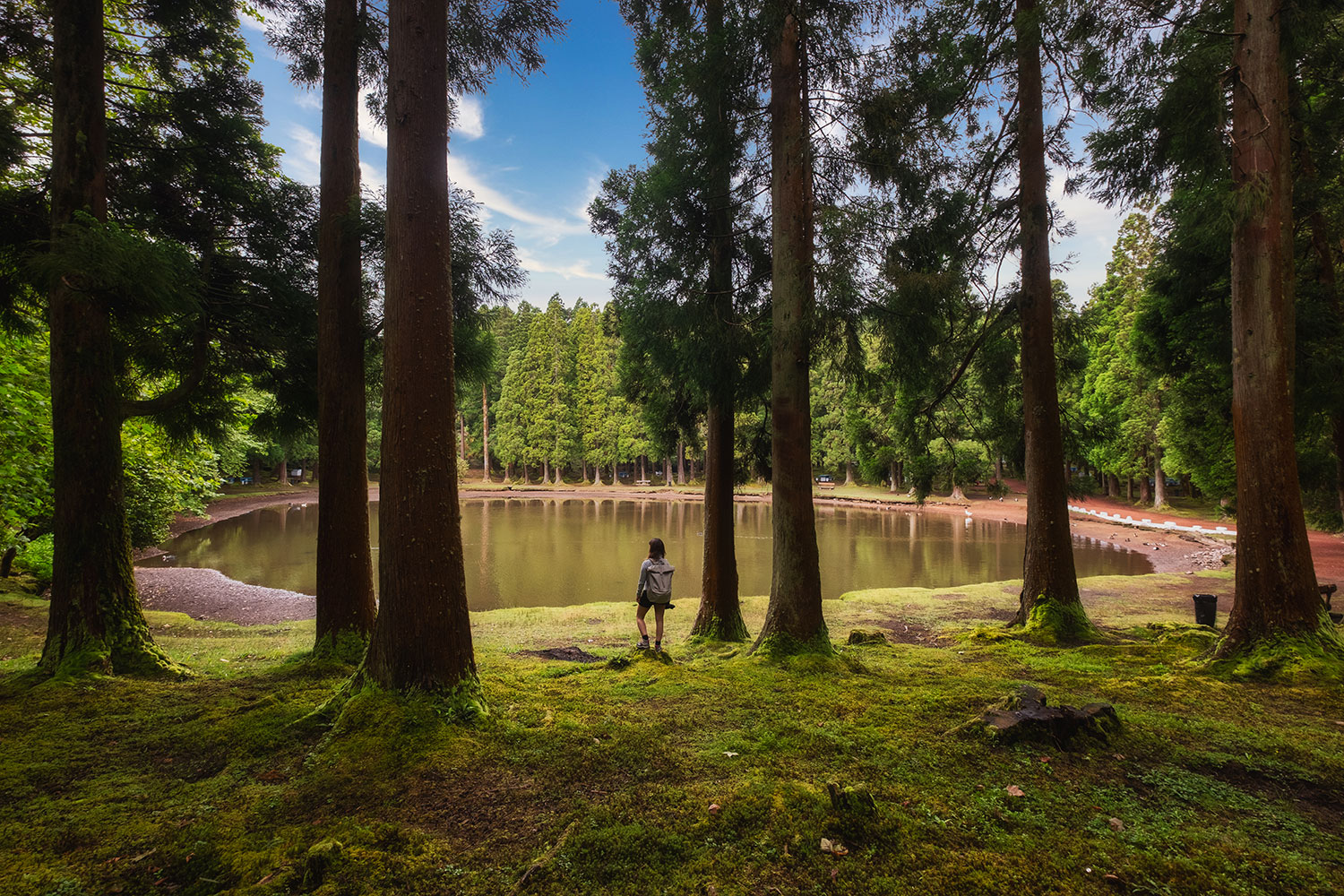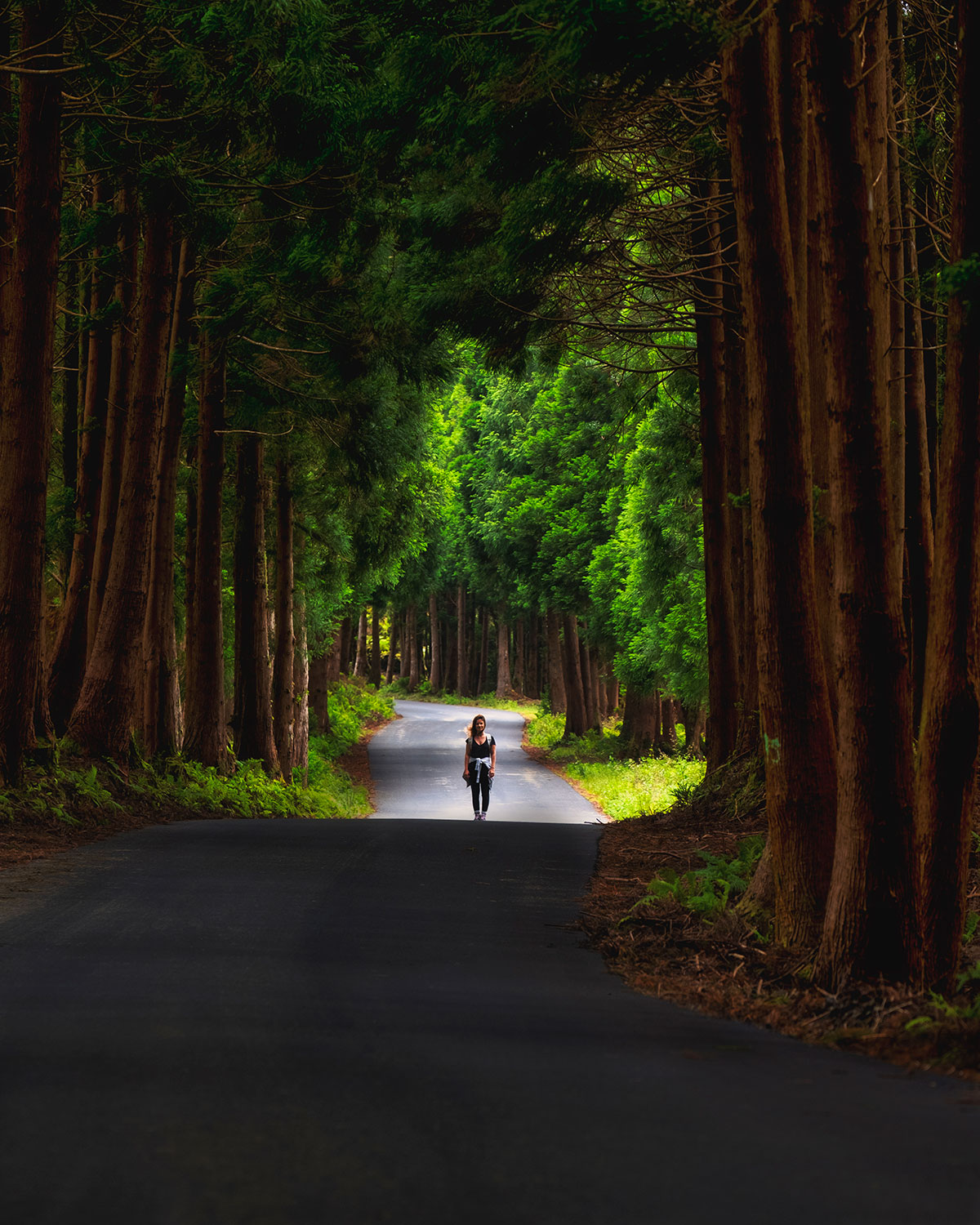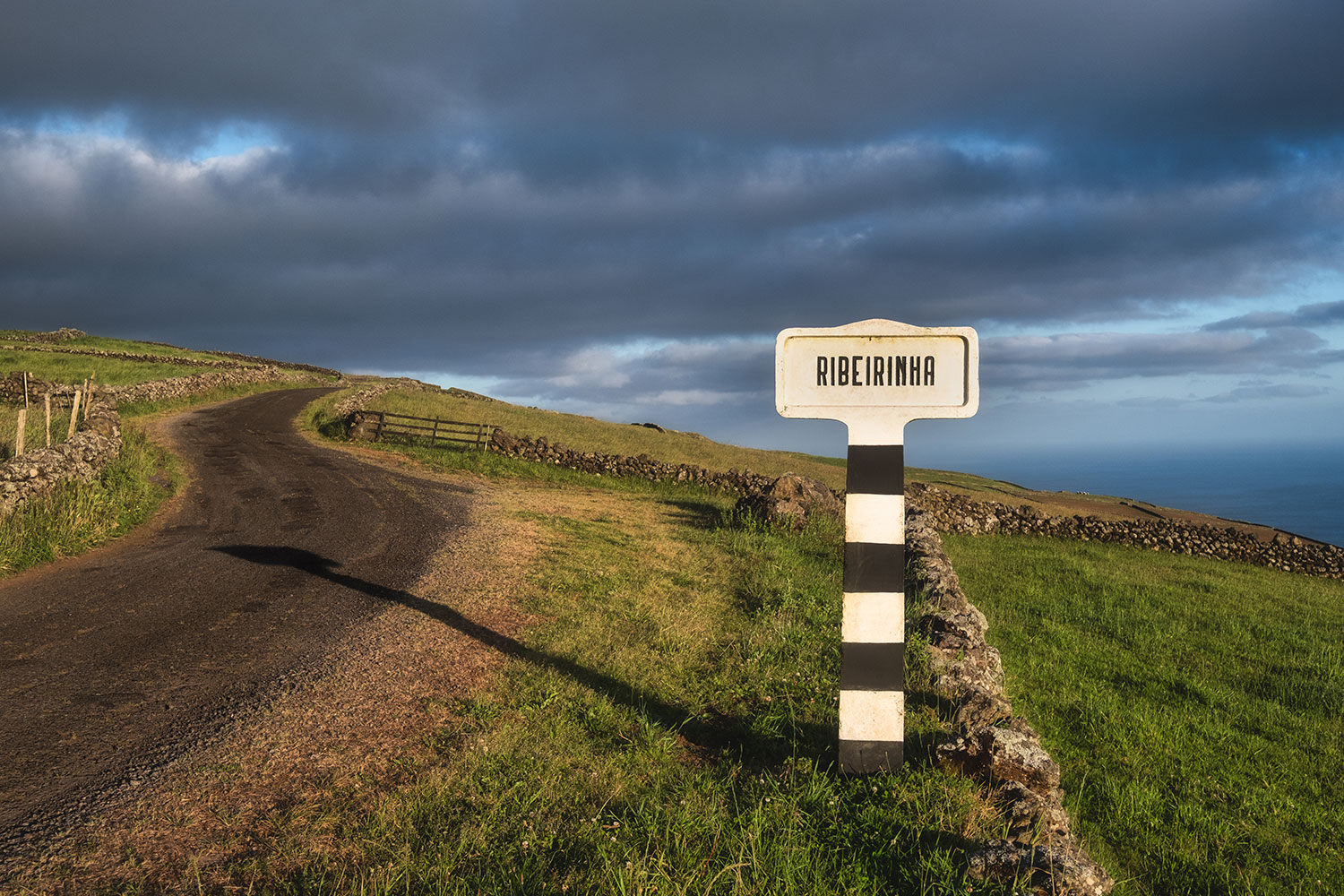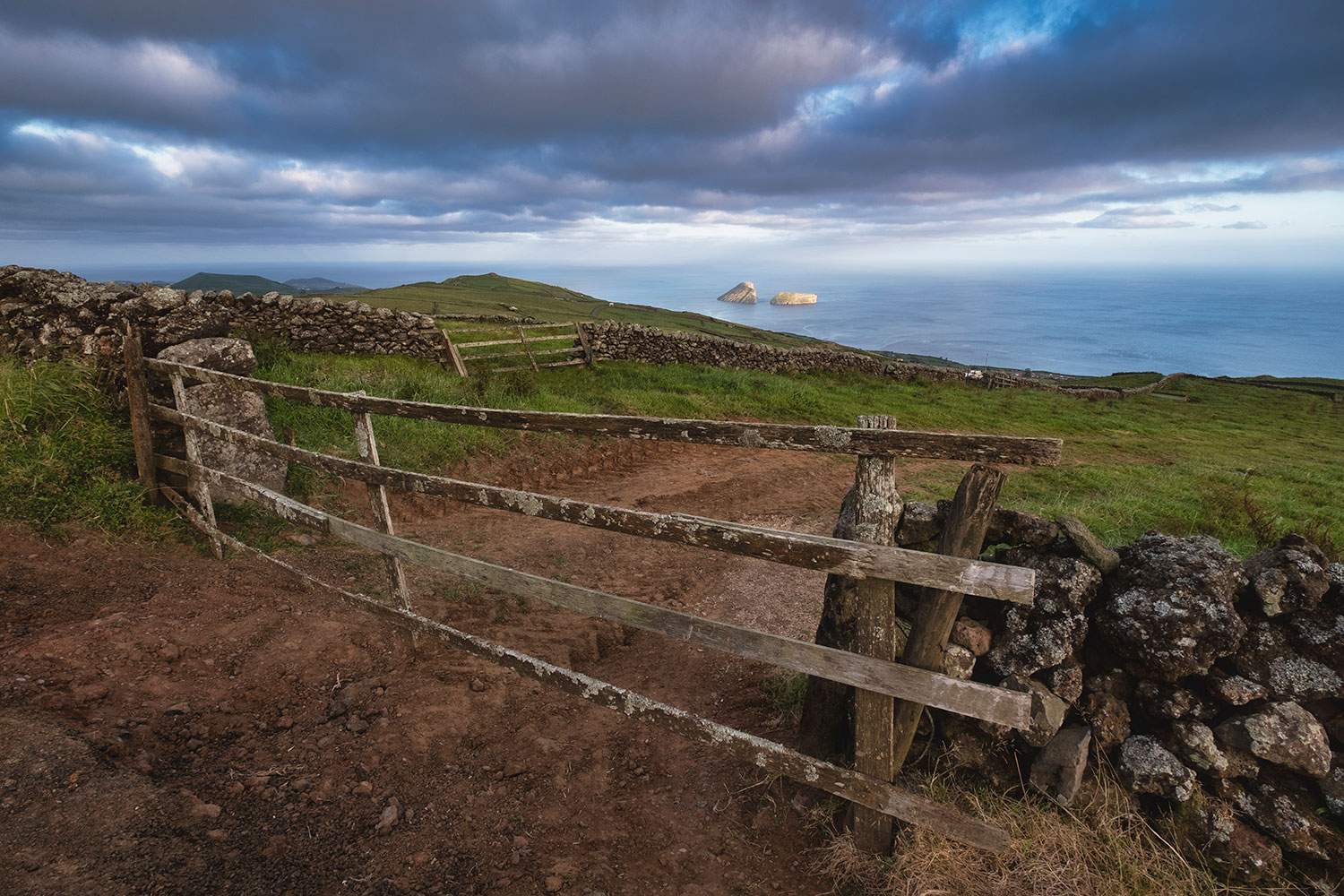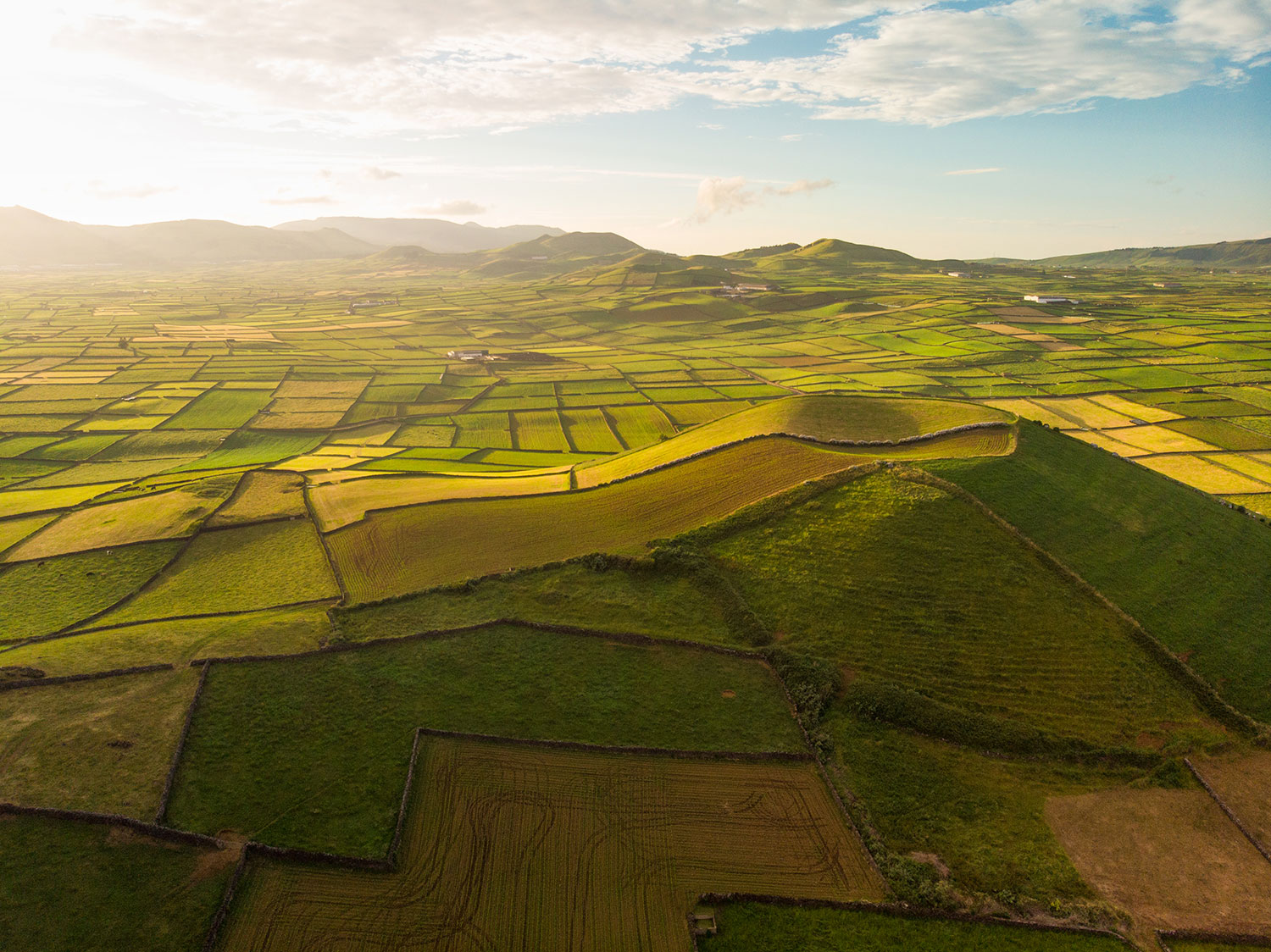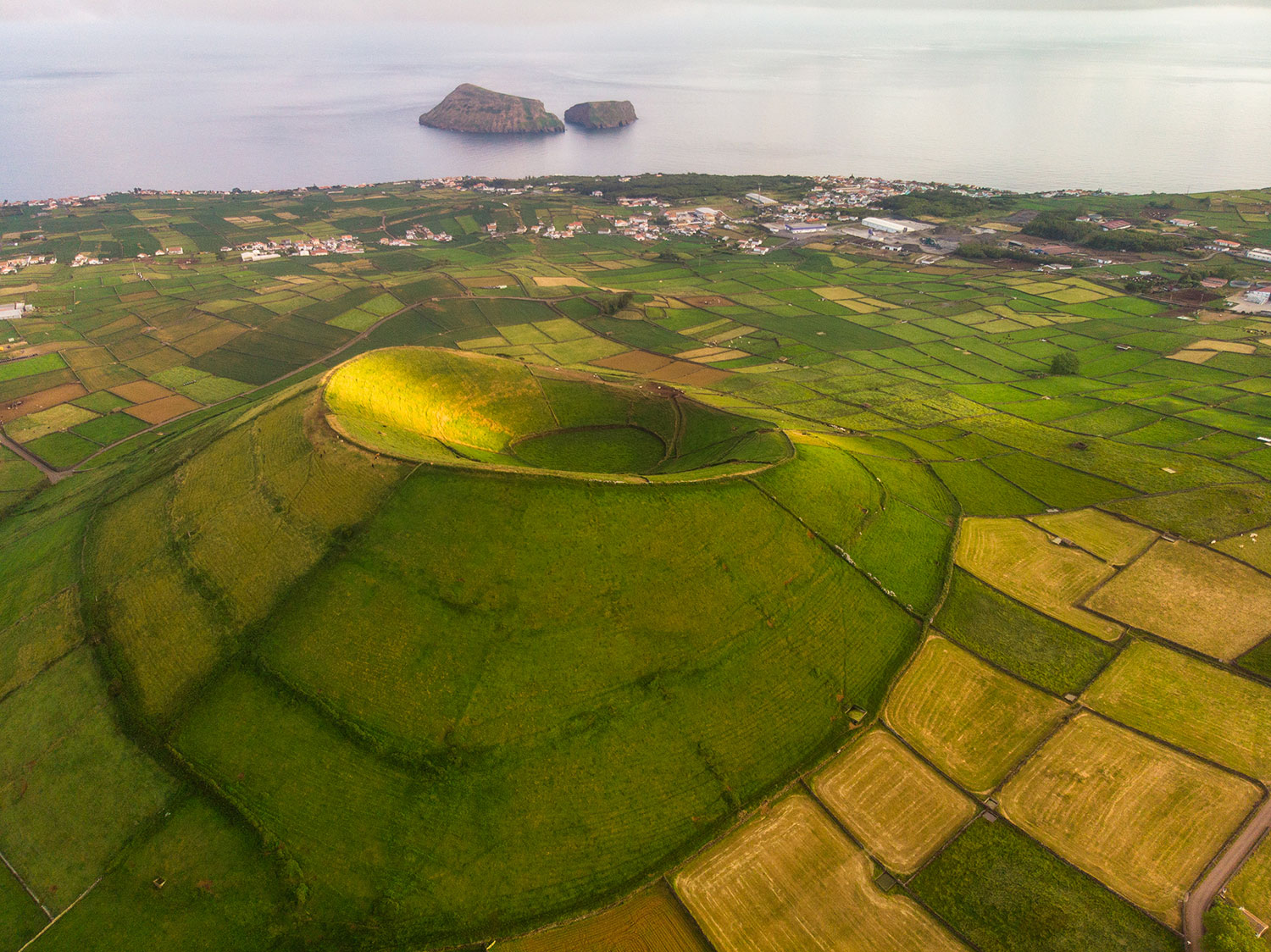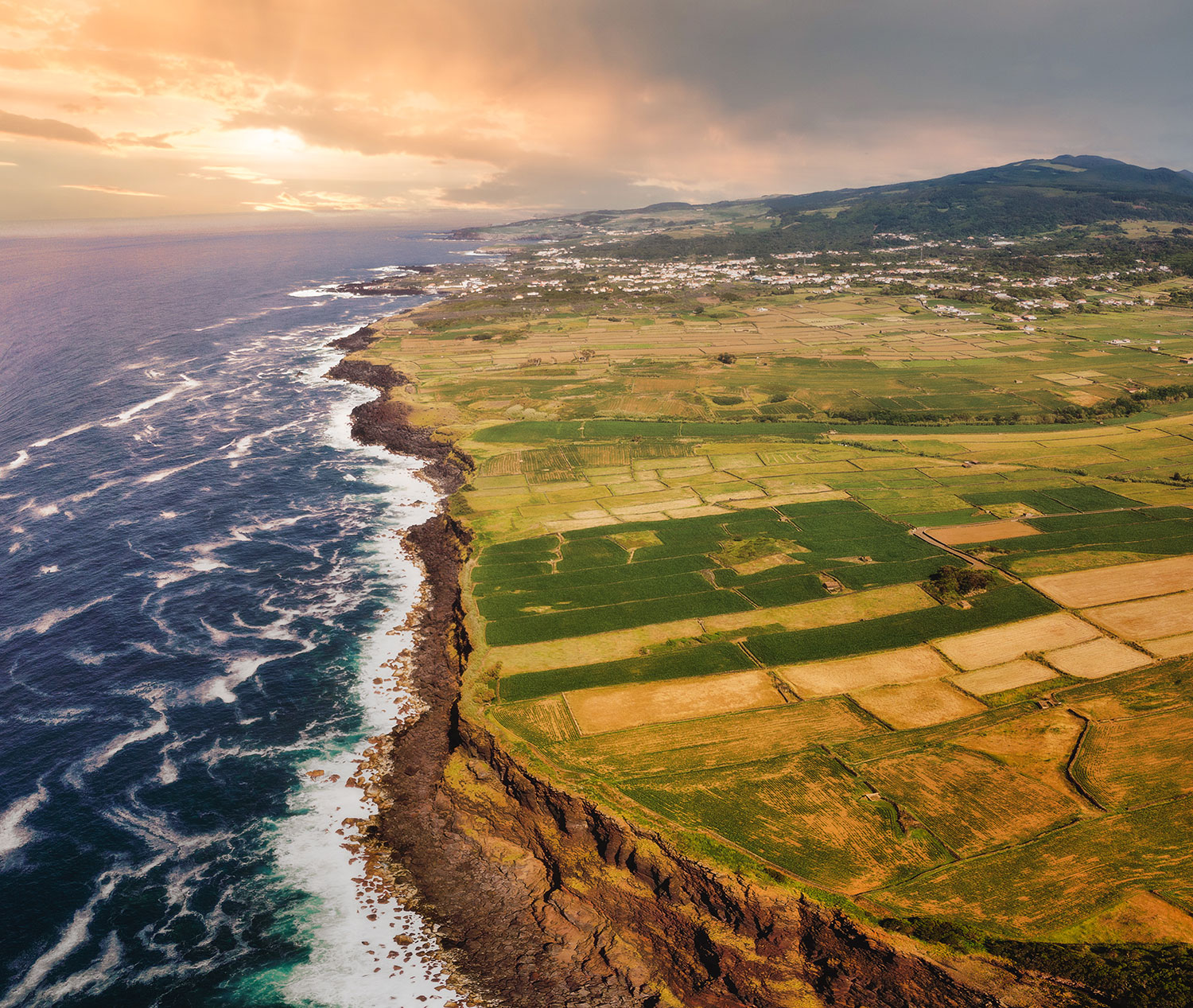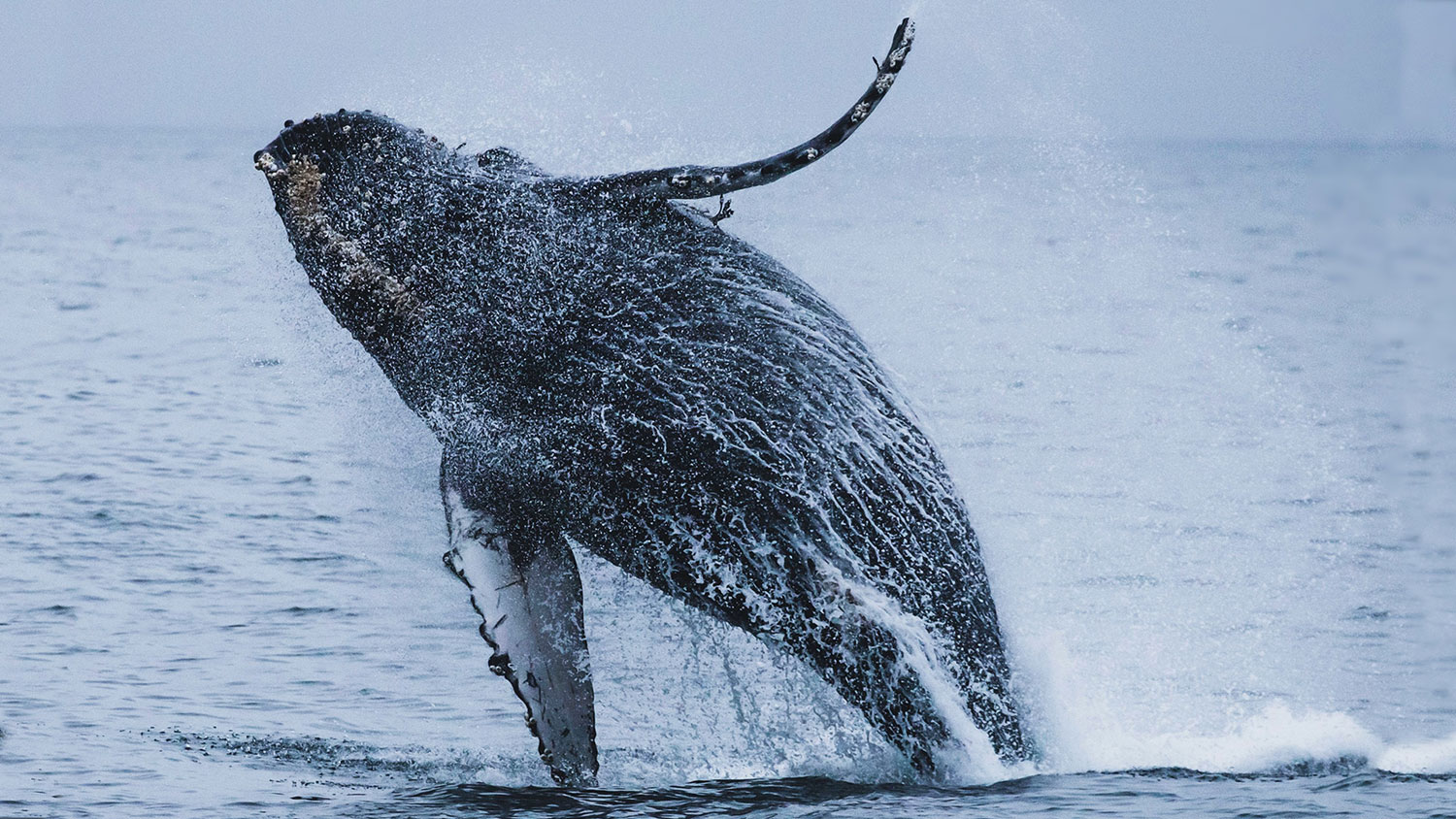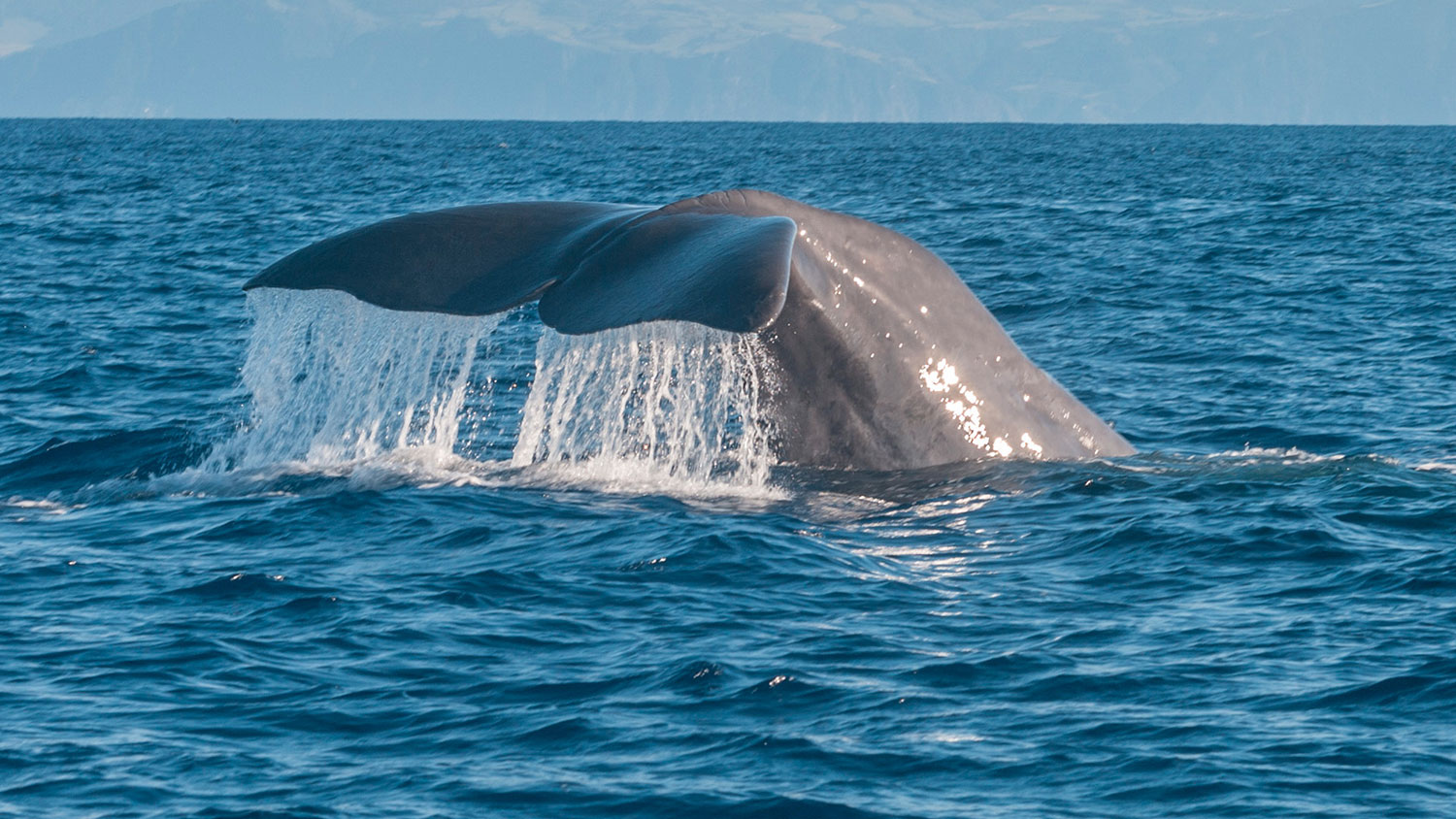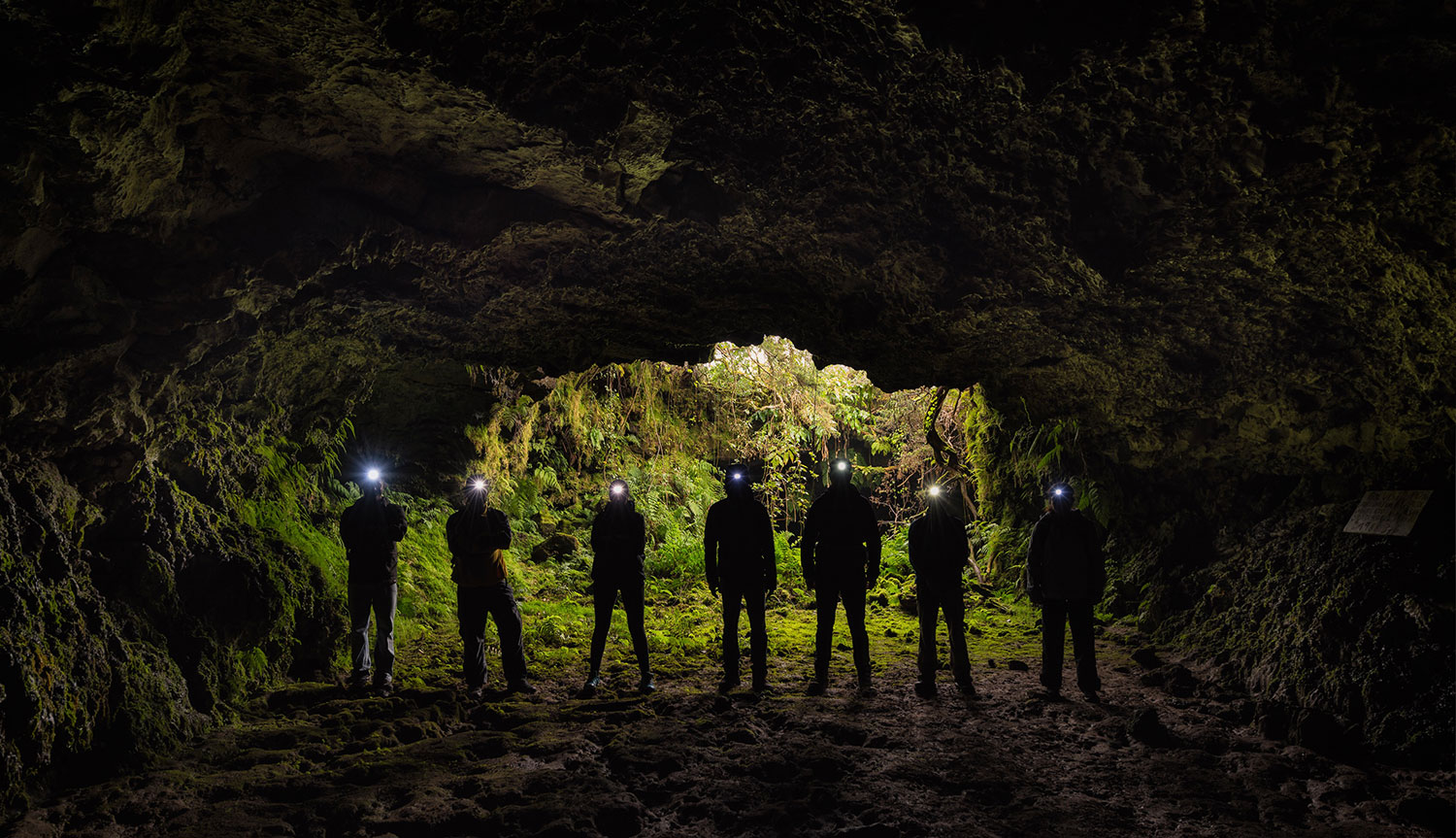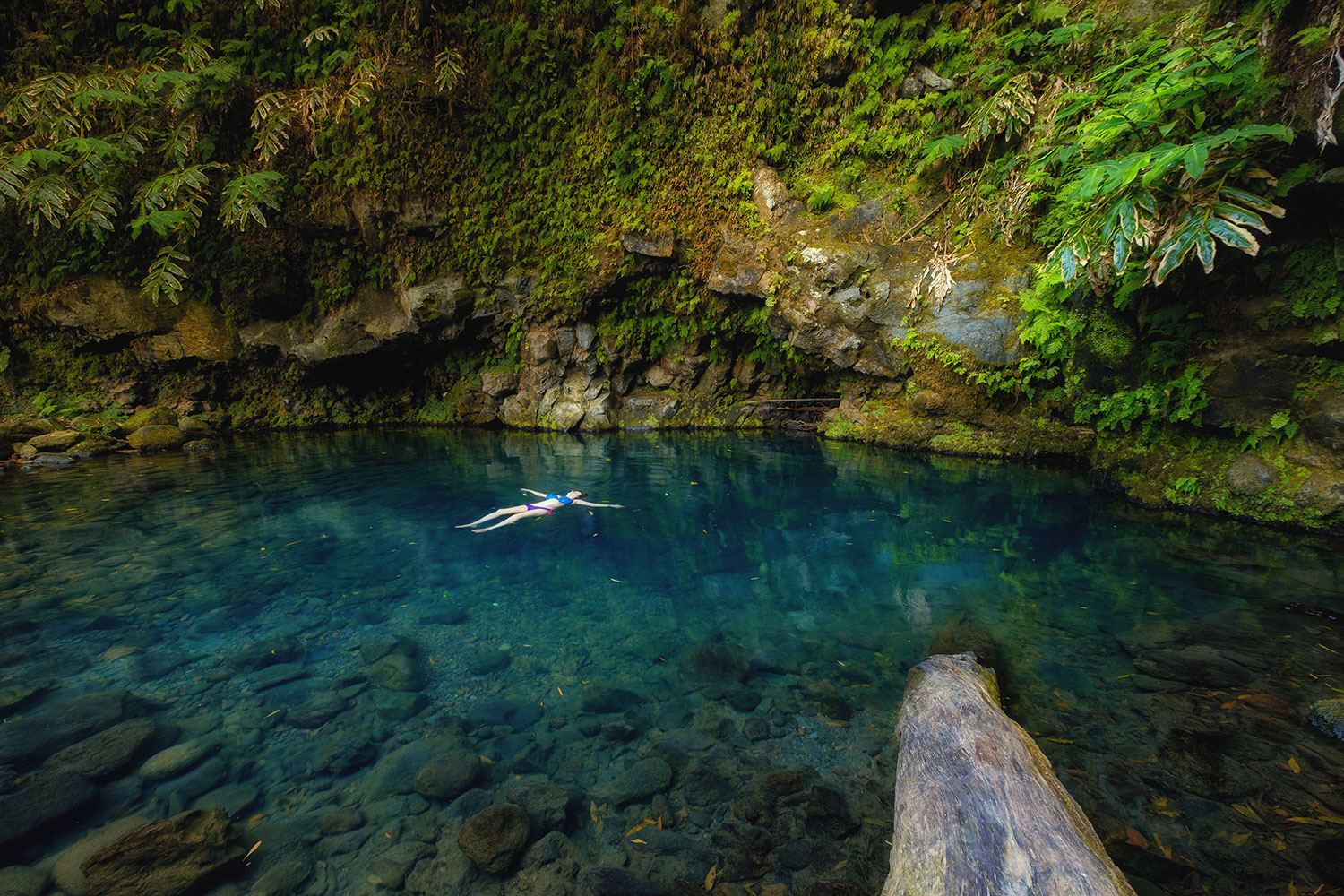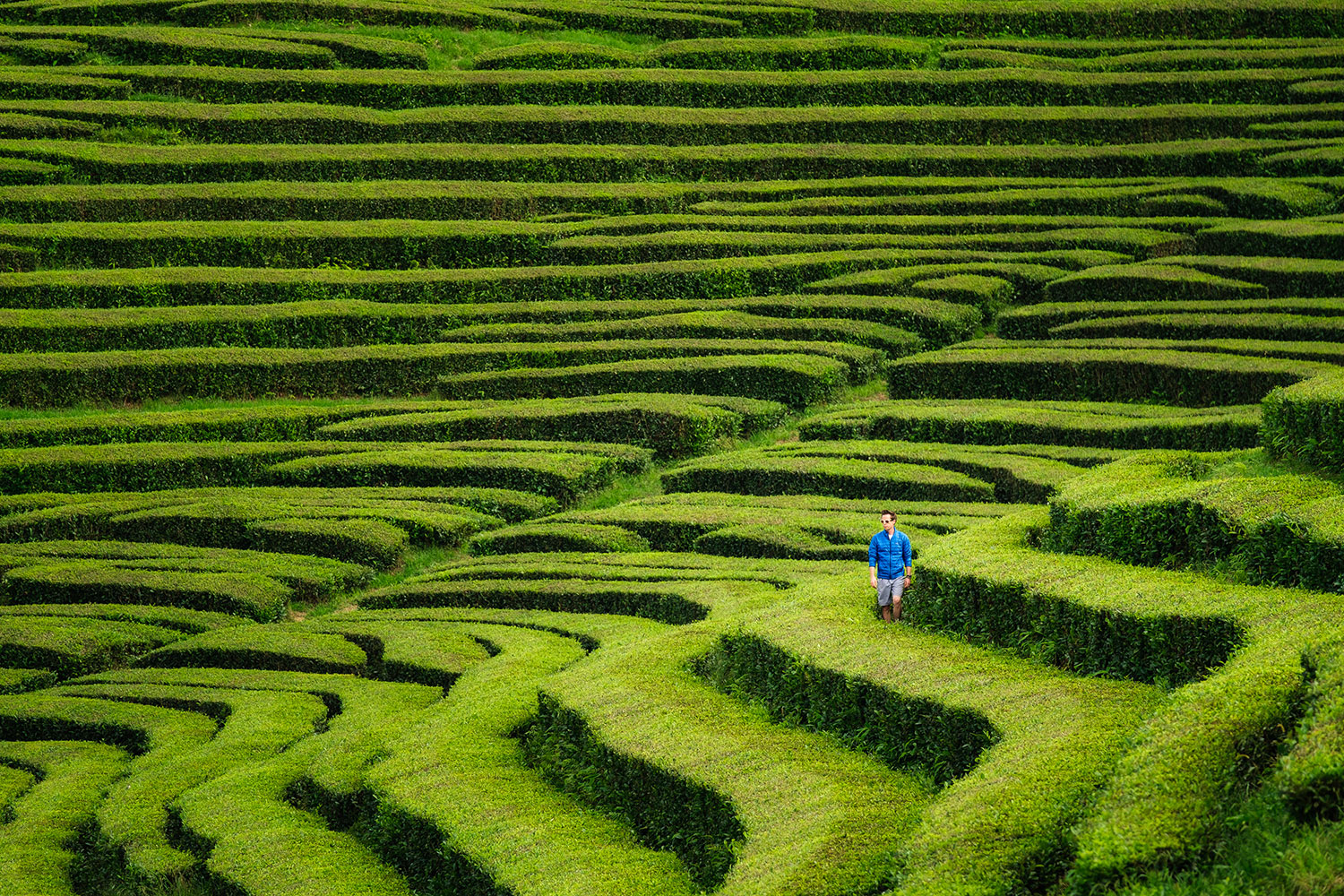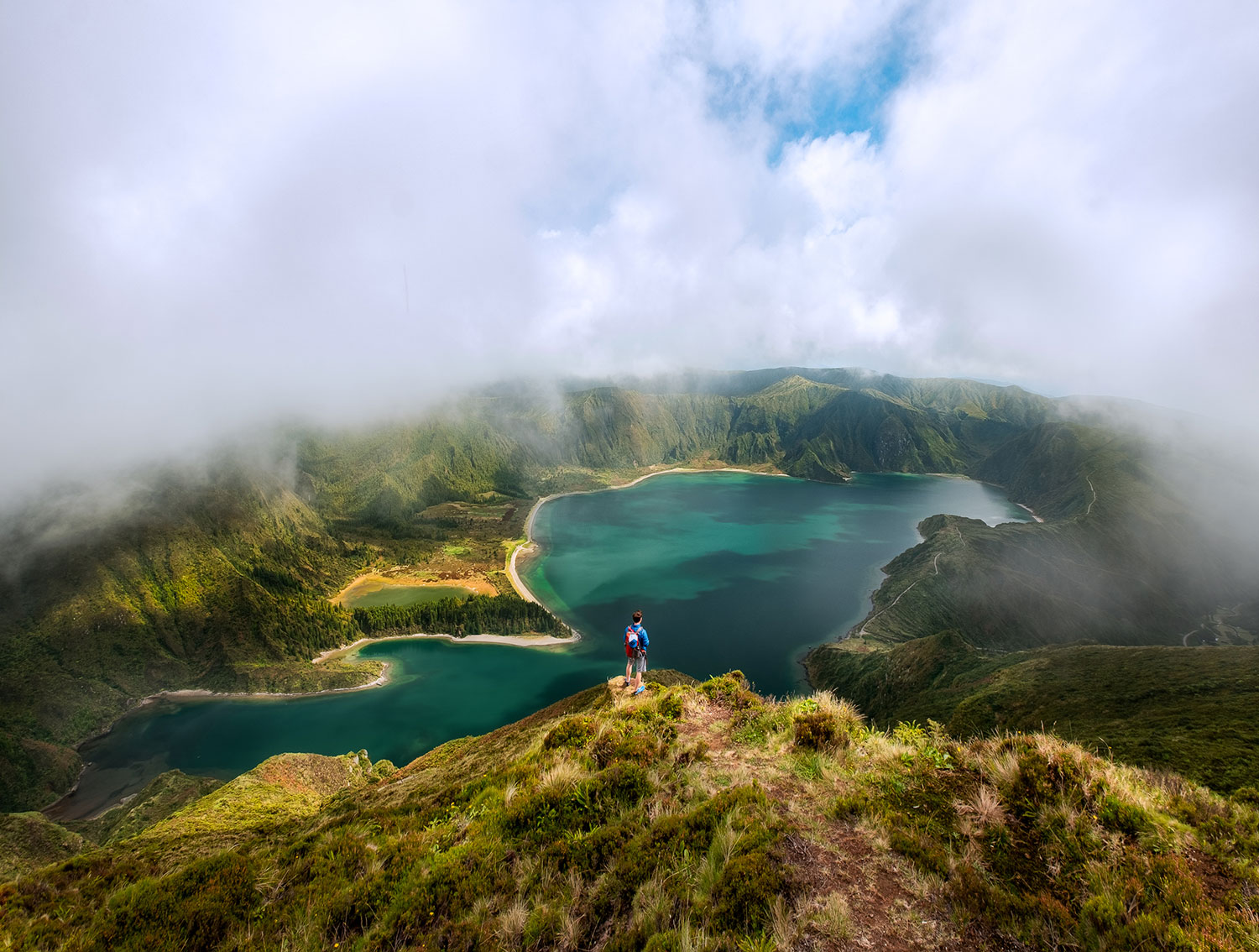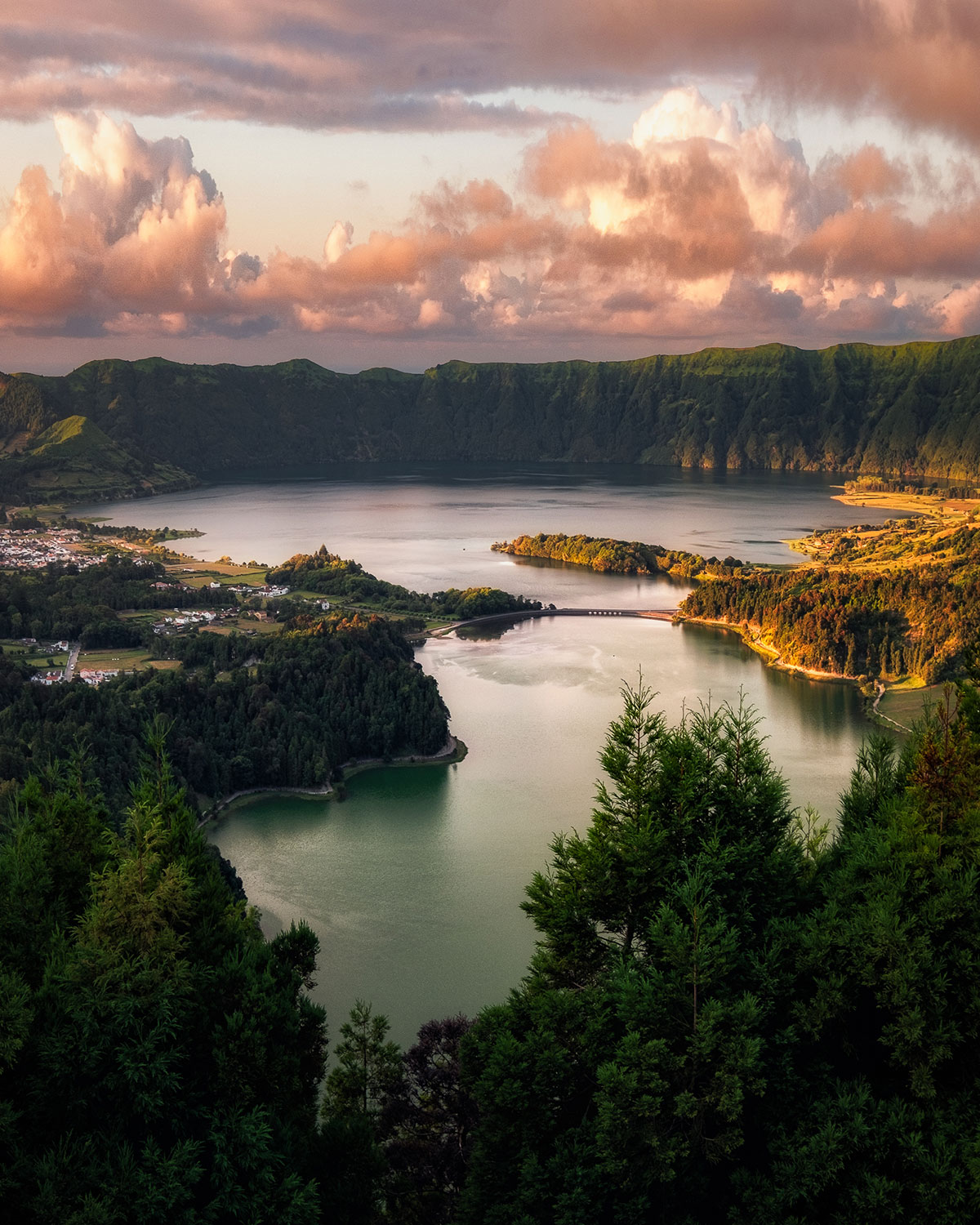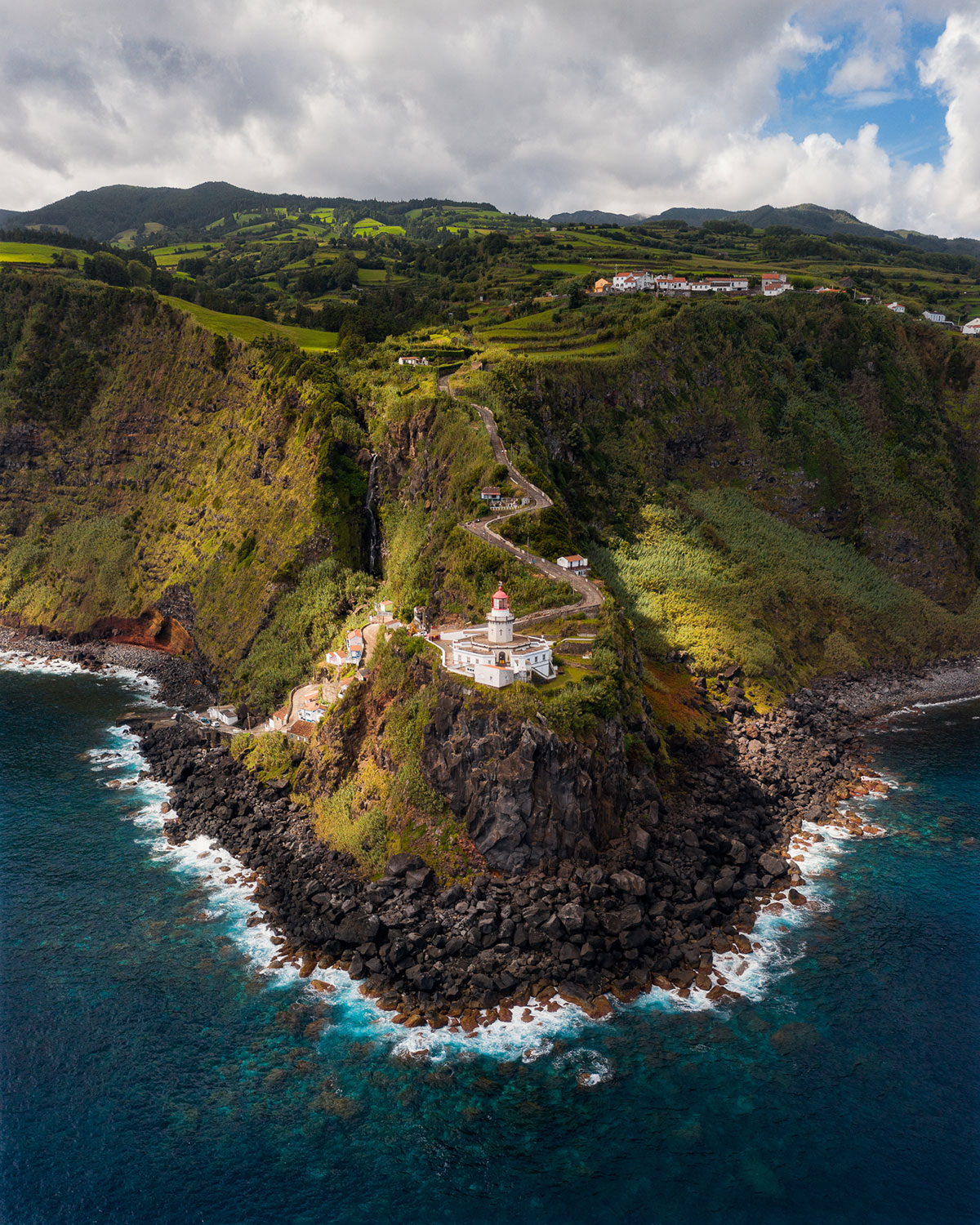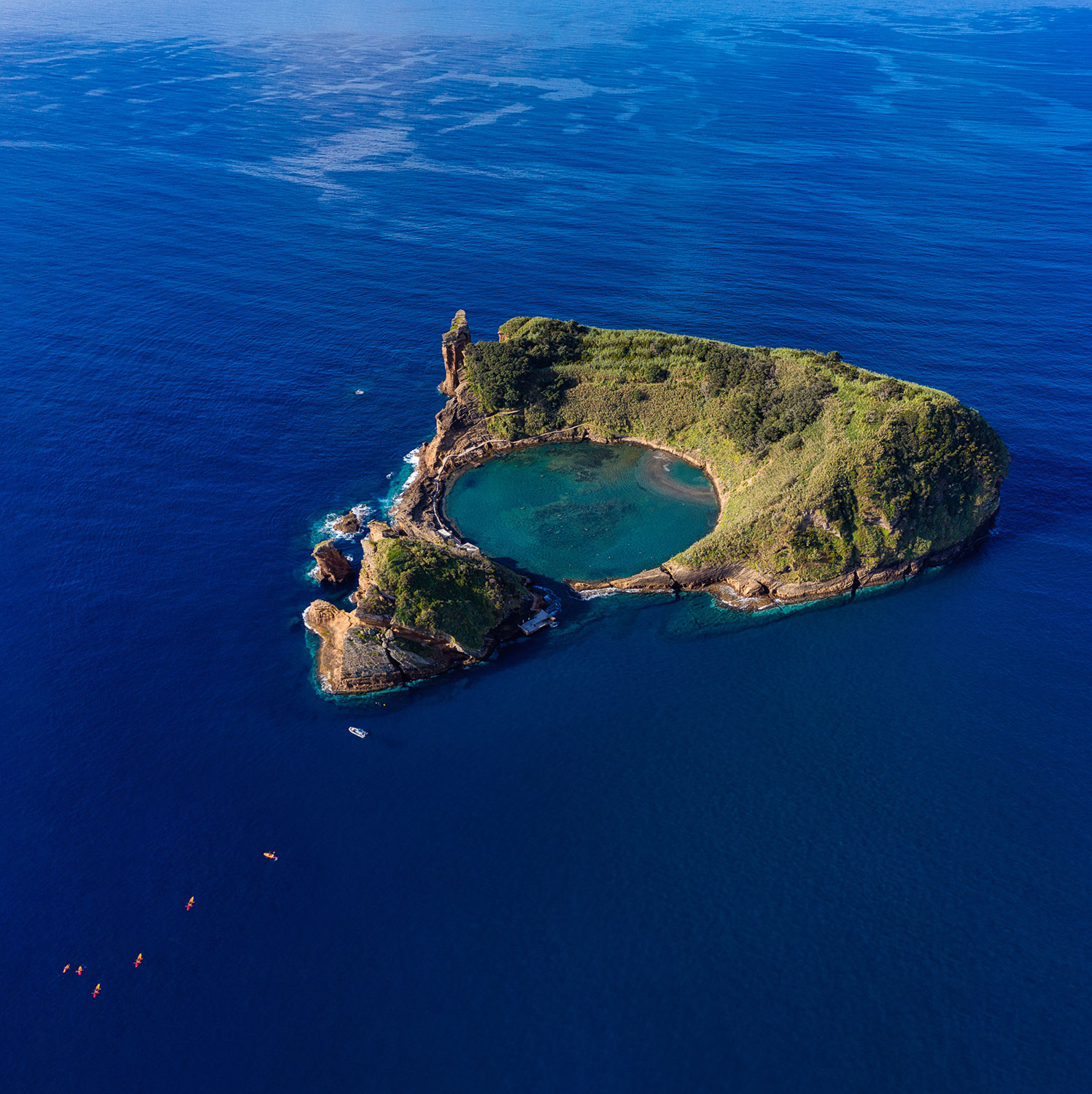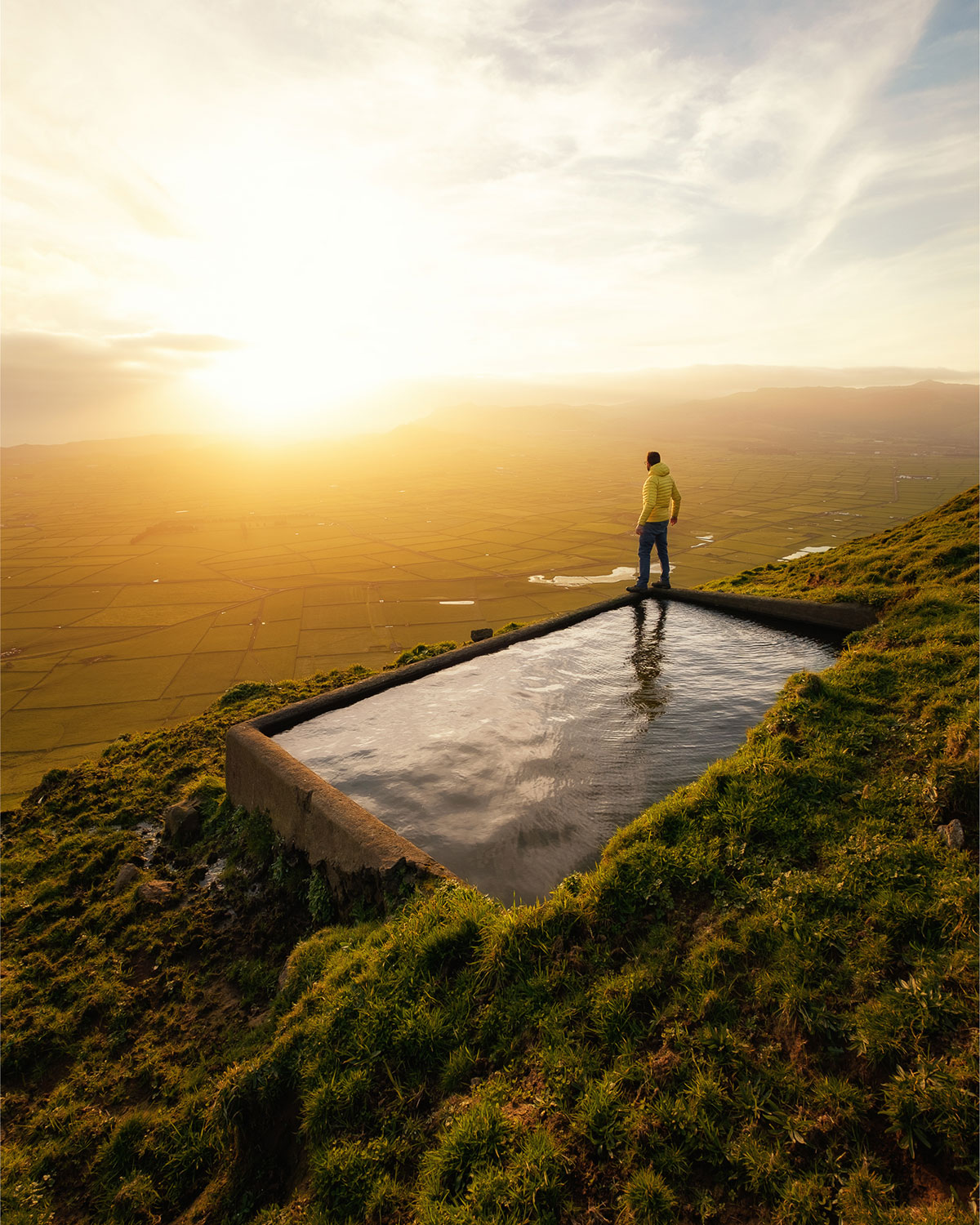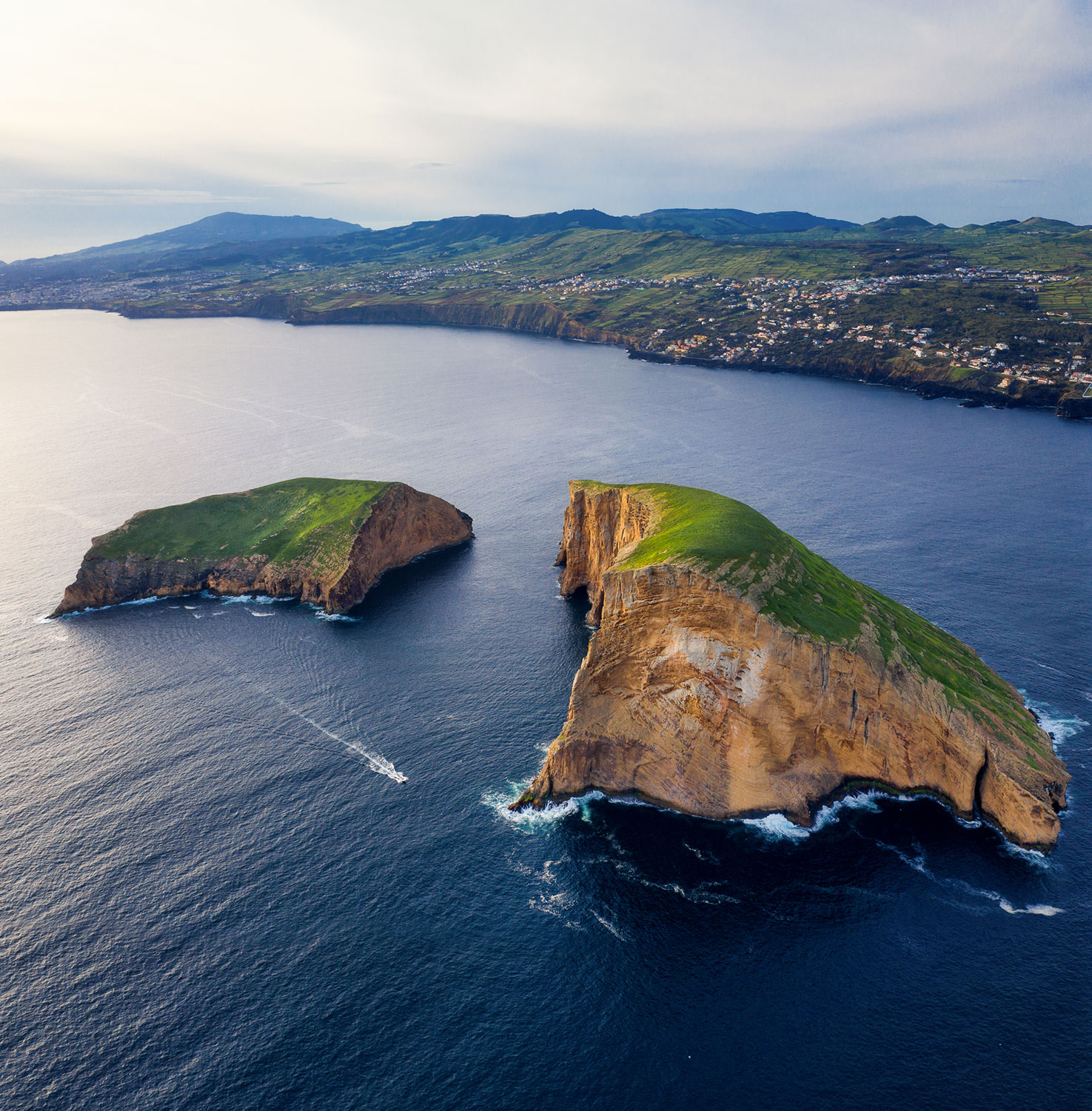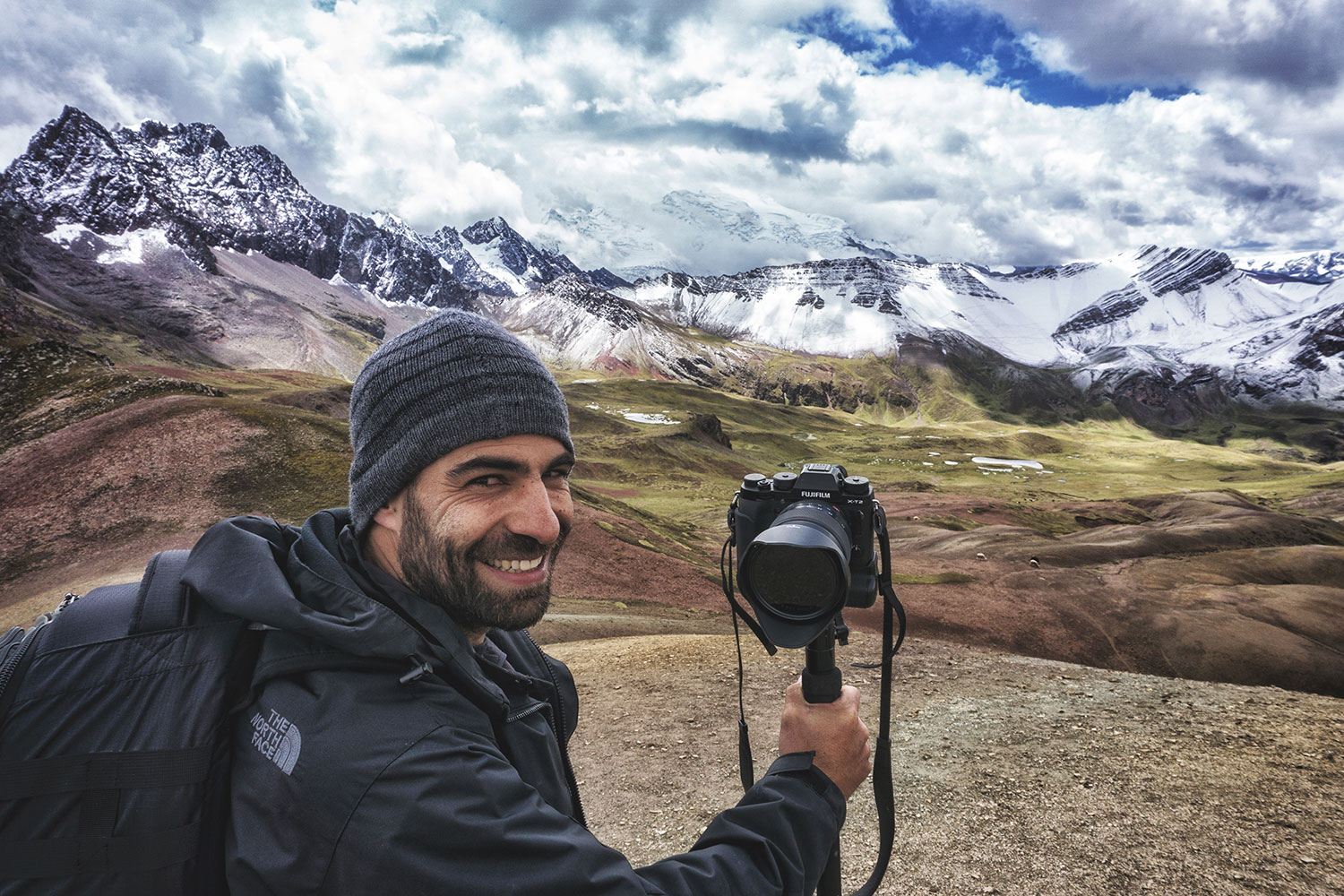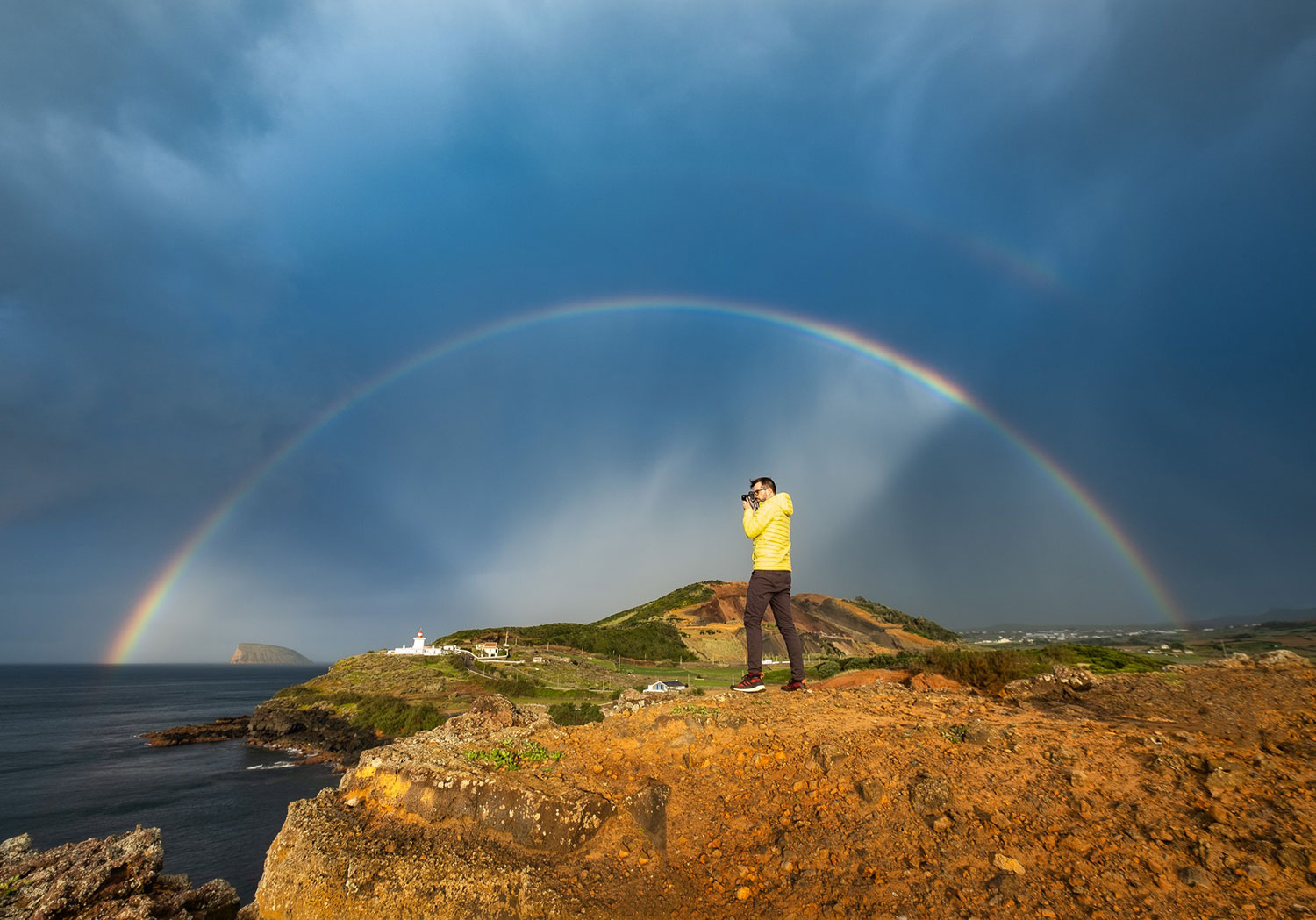Organizing Photo Tours and the importance of Marketing + Bonus discount for a tour to the Azores
I had gone kitesurfing with a few friends. One of them was a photojournalist and had brought his gear to the beach. I was handed over a Canon 1DX with a 70-200mm. All I got told was “Everything is automatic. Just aim and shoot”. And that was it. I was hooked! It was 2011.
Fast forward 4 years of trying to learn as much as possible through workshops, books, and videos and I found myself with the amazing opportunity to go backpacking in South America for 2 months.
RIGHT: Fuji X-E3 . Fuji XF18-55mmF2.8-4 @55mm . f/13 . 1/400″ . ISO 320 – The alternative rainbow mountains, Cusco, Peru
It was 2015, and for my first ever long trip, I had planned to visit Peru, Bolivia, Argentina and Chile. I had these countries on my mind but no strict plans for anything. All I knew was that I wanted to start in Peru and do the Inca trail! This is a stunning 4 day and about 40kms walk leading into Machu Picchu.
Long story short, that 2-month trip was an eye-opener when it comes to travelling heavy! It can be a nightmare sometimes!
This was the moment when I made two decisions:
• 1st, someday I’ll come and live in Peru. This country is absolutely beautiful!
• 2nd, I need to change to a mirrorless system
How it all started
In 2017, I had the chance to actually fulfill the other item on that list. From 2 years ago – I moved to Peru and took a job as a marketing manager for a leading tourism company. This gave me the opportunity to learn quite a bit about the Peruvian tourism market.
There was clearly a gap in the market for photo expeditions in Peru. You could easily find a tourism agency and go to the most common sites but at the cost of joining from 15 to 30 other tourists. This means no freedom to roam around, tight schedules, and a guide with a flag telling you the same yatayatayata every day.
RIGHT: Fuji X-T2 . Fuji XF55-200mmF3.5-4.8 @200mm . f/5.6 . 1/1600″ . ISO 200 – Sunset at Paracas, Peru
A Llama in the alternative rainbow mountains
With such an incredible flag named Machu Picchu and millions of tourists flying in all year long, this was the perfect opportunity to dedicate my time to the creation of a Photo Tours company that could be different from all the classic options available in the market.
Nearing the end of the year, I met a fellow French-Danish photographer and together, we started out our tours around the Cusco area first, then the capital Lima and eventually we explored Bolivia (mainly the salt-flats of Uyuni), the Amazon rainforest, and other areas. Andean Photo Expeditions was born.
Pedro and Dan, founders of Andean Photo Expeditions
This was not my first business, but it was the first time I was working closely with 2 of my biggest passions – traveling and photography.
Our goal was to attract all kinds of photographer-travelers. It doesn’t really matter how experienced our clients are. All they need to have is the will to explore and photograph.
Matsigenka indigenous elder holding his own portrait from a few months back
We had a few directives to follow in order to set ourselves apart from the competition. These were of utter importance to actually prevail and grow. Here’s a list of some of the things we decided to stick to with the hopes of achieving success with our vision:
• Quality: Provide an excellent service with personalized tours, door-to-door pick-ups and drop-offs (from and to the hotel), freedom for the client to roam around and a will to give our fellow photographers the best experience possible.
• Explore the mandatory locations with more freedom: I mean you cannot have a photo tours company in Peru and not offer Machu Picchu, right? But you can for sure do it differently! Photographers need time to explore angles and enjoy the best light. So this was an easy rule – we give our clients time at the locations we visit, and we do not rush them to leave. Beating everyone to the top of the lost city of the Incas for the first sun-rays became a priority.
• Invest in off-the-beaten-path locations: When you live in a country with the diversity of Peru, you can quickly understand there’s much more than just Machu Picchu! We scouted locations, made partnerships with local people, hired safe drivers and comfortable means of transportation, and gave our clients access to areas that are not overrun by mass tourism. This allows for empty landscapes, the real sounds of nature, the opportunity to meet local people, and of course, the ability to photograph locations that not many people get to photograph.
• Establish partnerships with the local population and provide real experiences: we partnered with Quechua communities in the Andes as well as Indigenous communities in the Amazon rainforest. A part of our earnings goes towards these communities, and in exchange, they truly show us how they live their daily lives. Being able to share an experience with people that live within such different standards and traditions is truly a unique experience.
This is how we developed our support slogan – Unique Real Experiences.
Our goals were set, but how could we market our service and reach our target audience? This is the really tricky part and the basis of any photo tourism business. Marketing is key. There are a few directives that determine how successful your business will be:
1. Quality of service/product
2. Offering something different from the competition
3. Develop good content to promote your service/product
4. Reach your target audience online
5. Create strong partnerships that will improve your service/product
Andean Photo Expeditions started and still up to this day is a fully 100% online company! The greatest advantage of this is that you lower your fixed costs by not having an office with bills to pay. But it also means that you need to be savy and survive the online world!
How to market photo tours?
There are 2 approaches to finding clients for photo tours. Either you do it directly to clients or through partnerships. Let’s talk a little bit about the 2 approaches.
Online presence is crucial. Besides scouting and sharing good content (photography and videography), you need to know the current tools to actually reach your target audience. Through SEO, blogging, social media, publications – all of these are valid ways to expand your reach. Out of all of these, I’d say proper SEO is one of the most important parts. If you want to be found, you need to research what your clients are searching for online.
Partnerships are also very much important! Look for companies that might have the same audience as you’re trying to reach and just try to connect with them. Call them, send them emails, show them what you have.
RIGHT: Fuji X-T2 . 1/90″ . ISO 400 – Uyuni Salt Flats Tour, Bolivia
What did you learn with this line of business?
First and foremost, do your very best when working! Be there for your clients. Help them by any means possible! And always remember that 1 negative review can push away clients! You’re not only working to pay your bills. You need to be aware that you want your clients to have a great experience and refer your business to their network.
Be it by word of mouth or through online reviews. Every human is much more likely to actually give a bad review than a good review. So you really need to work for those good reviews. It all goes back to the first point I mentioned – providing quality service is key.
RIGHT: Fuji X-T2 . Fuji XF35mmF1.4 @35mm . f/1.4 . 1/3200″ . ISO 250 – Portrait of a Quechua lady in the Andes
How is important is the gear in photo tours?
Any camera nowadays creates good images. However, if you want to make the best photographs possible, then gear does become important. You cannot expect to go on a milky-way expedition with a cellphone and get good images. It just isn’t possible. It’s really about your own expectations! Some people are thrilled to just walk around with a phone, and others will haul tons of gear.
Now having this said, there are other factors other than the image quality, of course. For myself and for lots of people, weight is a real factor. This is where the Fuji system turned out to be the perfect solution for me. The X system can perform incredibly well, and it’s lightweight.
The electronic shutter means you can also operate in absolute silence. You’ll find this useful if you’re shooting wildlife or even events.
What gear do I use?
At the moment, I use the X-T4 and X-E3. As for lenses, the 16-55mm F2.8, 50-140mm F2.8, Samyang 12mm F2, and my all-time favorite lens, the Fujinon 35mm F1.4. This was the first-ever X system lens to be released, but it just has a different render and charisma.
I also use a DJI drone as this provides a unique perspective that regular cameras can’t give you.
How’s the photo tours world dealing with the current pandemic?
It has been tough. Like a lot of other areas of business, photo tours came to a complete stop for quite some time. As a very poor country, Peru has suffered a lot from the Covid19 pandemic. Eventually, I returned to Portugal and re-directed my attention towards videography and more business-related photography such as products and portraits.
This has become my main focus until the tourism sector returns to a certain normality. I have not stopped tours though. I’m leading a photography expedition to the Azores Archipelago, and I’m considering scouting locations with photographic interest and low covid numbers to hopefully be able to provide more expeditions for 2022.
Pedro Pulido
This Azores photo expedition will take place at the beginning of September. The Azores are a set of small islands in the Atlantic Ocean, and they’re still reasonably unknown to the photographic community. Some people describe it as “the new Iceland for photographers”, and I have to agree, except for the crowds. They’re inexistent in the Terceira island and not that crowded in São Miguel, the main island.
Pedro Pulido
Time slows down in the Azores. The locals count it in hundreds of thousands of years, in terms of the volcanoes that together have formed the Archipelago. Being at the junction of the Eurasian, North American, and African tectonic plates, the Azores are a geological hotspot.
The islands’ beauty is rare and timeless; the volcanoes bring to mind the Miocene epoch, but in human terms, there is a sense of 1950s-era innocence. There’s whale and dolphin watching, lush green forests, seascapes all around you, lagoons, and waterfalls. You can walk inside volcanoes and around them, and drive along empty roads fringed with millions of hydrangeas and tall trees.
Each island is unique – and independent-minded. There are no resorts, but plenty of honesty bars. The locals’ first thought is to trust you, then to welcome you.
This tour is being organized by myself and local Fujifilm photographer Bruno Azera. Bruno brings tons of location knowledge and expertise. He is also a photo guide in the Azores.
Bruno Ázera
RIGHT: Fuji X-T30 . Fuji XF50-140mmF2.8 @134.40mm . f/2.8 . 1/900″ . ISO 160 – São Miguel, Azores
Bruno Ázera
In my opinion, when you join a tour like this, you get to see other perspectives from other photographers on the same location, exchange ideas with people that have the same passion as yourself, and explore a new location. An experience like this is about photography as much as it is about interaction with like-minded people.
Bruno Ázera
RIGHT: DjI Mavic 2 Pro . @10.26mm . f/3.2 . 1/120″ . ISO 100 – São Miguel, Azores
Bruno Ázera
Bruno Ázera
As your guides and locals, we will be there with any language barrier as well as helping you extract the most you can out of your gear and your surroundings. Also, the group will be no bigger than 8 people which, means you have more time for yourself with both your guides.
In this crazy current Covid-19 world, it is natural that you might feel frightened of traveling. The Azores are considered one of the safest destinations in Europe in 2021 from the European Best Destination Organization.
Bruno Ázera
RIGHT: DjI Mavic 2 Pro . @10.26mm . f/5.6 . 1/160″ . ISO 100 – Terceira, Azores
Bruno Ázera
You can still book your place on this tour, and we are giving Fuji X Passion readers a 10% discount. However, you might need to act fast if you’re interested as bookings close at the end of July, and we only have a few spots left.
All you have to do is visit https://brunoazera.com/azores-photo-adventure/ and use the code FUJIXPASSION to have a 10% discount.
Pedro Pulido
www.instagram.com/pedropulido/
Bruno Ázera
www.instagram.com/brunoazera/
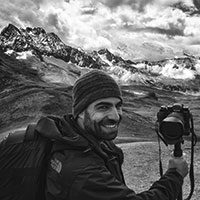
Pedro lives in Porto, Portugal, and currently has his own marketing company focusing on photography and videography. He is 39 years old and has been leading photographic expeditions since 2017 in Peru, Bolivia, Portugal and the Azores. He hopes to expand his photo expeditions to Madeira and other locations in the near future.

